Three-Year Course
Manifesto
-> art. 1
Education embraces the diversity of attitudes and knowledge, shaping a system of interconnected relationships. The teaching method is never singular—it continuously evolves and adapts.
-> art. 2
The interplay between disciplines deepens our understanding of both reality and the design process.
-> art. 3
Territory evolves through the synergy built among the individuals who inhabit it.
-> art. 4
Individual freedom is upheld and meaningfully valued.
-> art. 5
The coexistence of diverse languages and communities is guided by ethical and moral values, enabling collective growth.
-> art. 6
Crossing boundaries transforms ideas into action.
-> art. 7
Curiosity drives every act of design.
-> art. 8
Knowledge is inseparable from the individual and grows along with them.
Three-Years Course -> Scuola Italiana Design
SID—Scuola Italiana Design was founded in Padua in 1991 and is now an AFAM-accredited academic institute recognized by Ministero dell’Università e della Ricerca, authorized to award a First-Level Academic Diploma (equivalent to a Bachelor’s degree).
It is the educational division of Galileo Visionary District, a research and design hub focused on digital transformation and environmental sustainability, officially accredited by Regione Veneto for Higher Education.
SID—Scuola Italiana Design is a space for growth, where culture and design practice come together to shape designers capable of navigating complex and ever-evolving scenarios.
The course of study, free from rigid specializations, enables students to develop a transversal design approach—flexible and applicable across all design disciplines—going beyond traditional boundaries of scale and context.
The goal is to shape professionals with a critical mindset, solid technical skills, and a strong sense of responsibility toward the design process—ready to guide companies and society through meaningful and conscious change.
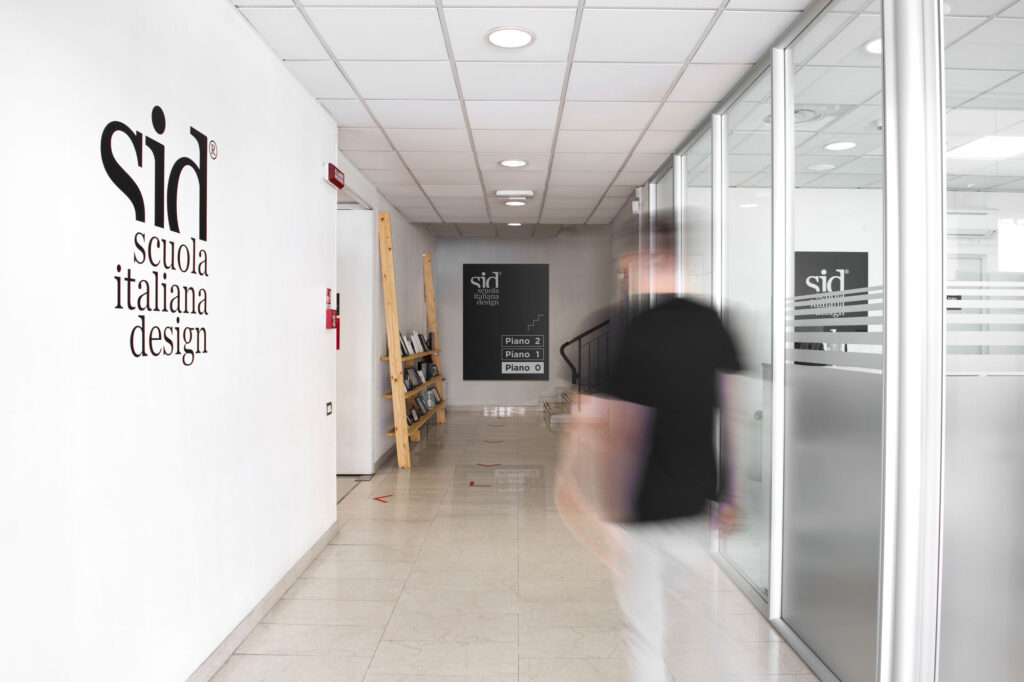
Design -> Designer
Being a designer means embracing real responsibility. Designing is observing, listening, writing, drawing, building, experimenting. It also means reading, imagining, traveling, choosing, questioning, studying, appreciating, rejecting, loving, using, and respecting.
The designer guides companies and communities through continuous evolution, addressing functional, economic, communicative, ethical, and cultural needs.
They stand out for their ability to move across disciplines, break down rigid boundaries, and adopt a flexible design approach. Their impact is tangible: they help transform scenarios, objects, and systems, actively accompanying society in its development.
Study plan
SID curriculum is designed to cultivate open, expansive thinking. Ettore Sottsass once said that before drawing a line, one must first learn to think. Achille Castiglioni believed that without curiosity, it was better not to begin at all. These principles shape our approach to teaching, which interweaves technical, practical, humanistic, social, and economic disciplines.
The Three-Year Course is grounded in interdisciplinarity, design culture, and experimentation, while embracing the opportunities offered by digital technologies—tools that have blurred the boundaries between two and three dimensions.
Classroom learning is complemented by off-site activities with tutors and professionals, broadening students’ perspectives and exposing them to diverse approaches and design mindsets.
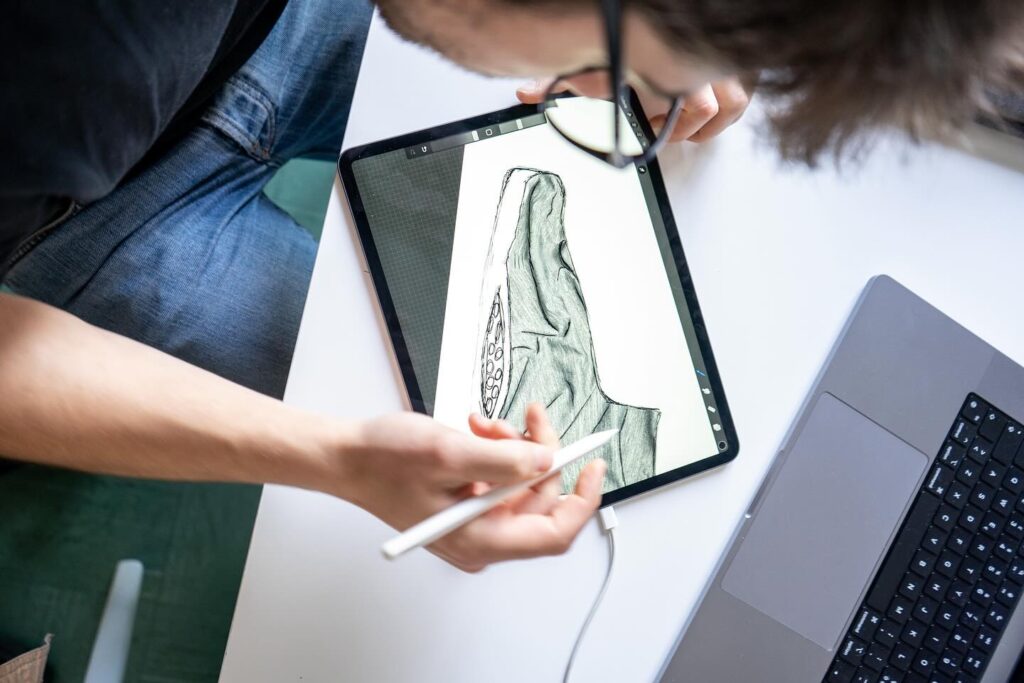

Anno I
Il primo anno è un percorso di esplorazione guidata, in cui lo studente entra nel metodo progettuale sperimentando strumenti, tecniche e approcci diversi. Non è un semplice avvicinamento al design, ma un'immersione strutturata in tutte le sue dimensioni, per acquisire gradualmente la consapevolezza e le competenze necessarie a sviluppare un progetto.
Si parte dalle basi del disegno tecnico e dello sketching, per poi applicarle nei laboratori di tinkering, soft modeling e basic design. Al tempo stesso, si introducono strumenti concettuali fondamentali: tecniche di brainstorming, modelli di ricerca, analisi di mercato, storia dell’arte, antropologia e studi sociali. Ogni disciplina si intreccia con le altre, costruendo un bagaglio solido su cui poggeranno i successivi anni di formazione.
Questo primo anno non è un esercizio astratto, ma un passaggio essenziale per imparare a visualizzare, strutturare e dare forma alle idee, con metodo e visione critica.
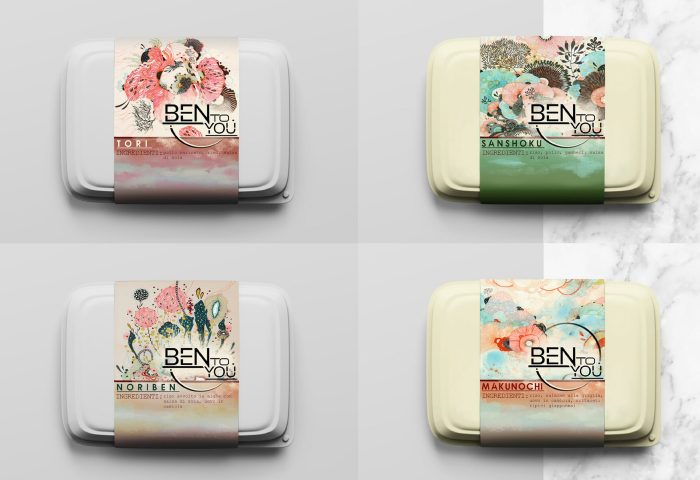
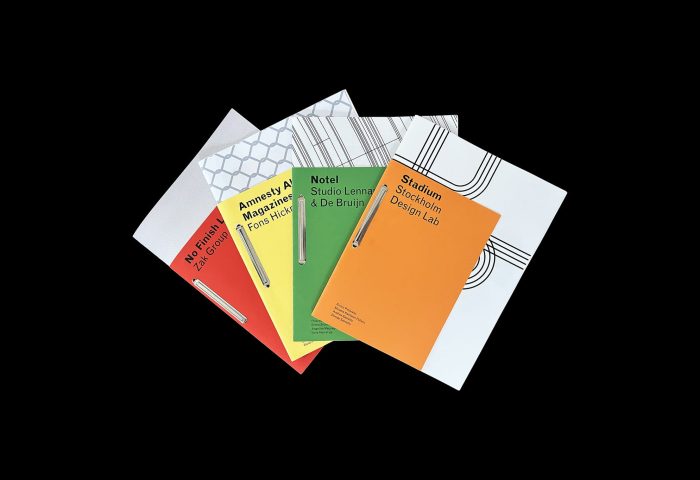
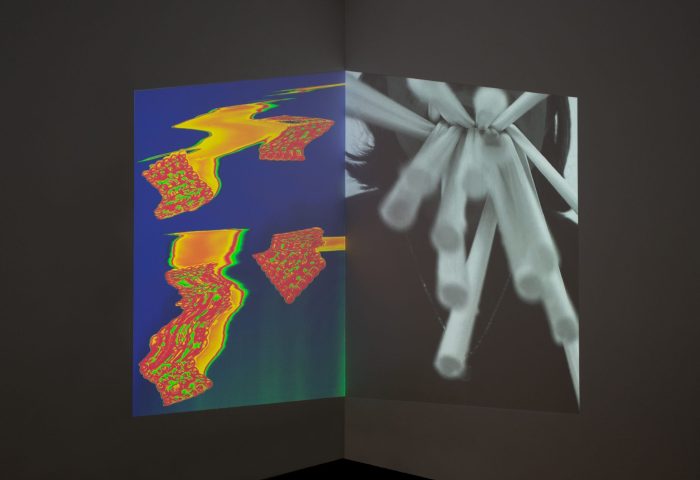


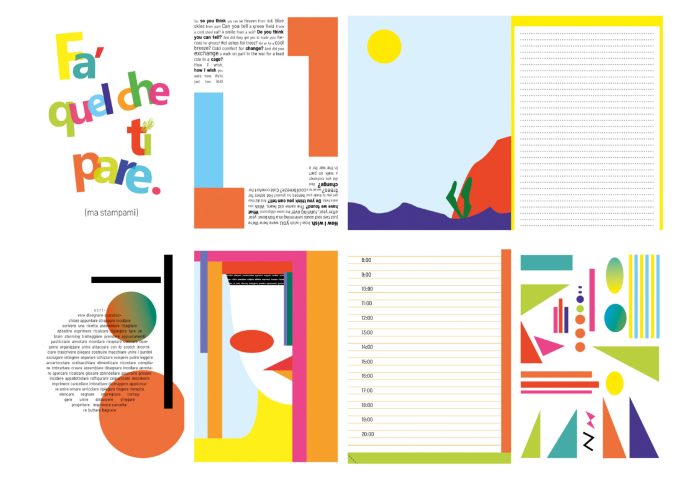

Anno II
Il secondo anno segna il passaggio dalla teoria alla costruzione del progetto. Se il primo anno insegna a dare forma alle idee, il secondo fornisce gli strumenti per trasformarle in qualcosa di concreto. Qui si affina la strategia progettuale e si acquisisce la padronanza tecnica necessaria per sviluppare concept solidi e realizzabili.
Gli studenti imparano a padroneggiare strumenti digitali e analogici come modellazione 3D, rendering, elaborazione delle immagini, AI generativa, grafica editoriale, UI/UX e tecniche di stampa e prototipazione. L’obiettivo è chiaro: saper modellare, plasmare e comunicare un progetto in modo efficace, traducendo un’idea in un prodotto o in un sistema visivo coerente.
A questa formazione si affianca il primo vero contatto con il mondo professionale, grazie alla collaborazione con le realtà del Galileo Visionary District. Attraverso corsi tenuti in sinergia con R&D Design, R&D Matech e Start Cube, gli studenti hanno l’opportunità di confrontarsi con start-up, ricercatori e ingegneri dei materiali, portando il loro lavoro oltre l’aula e sperimentandolo in contesti reali.
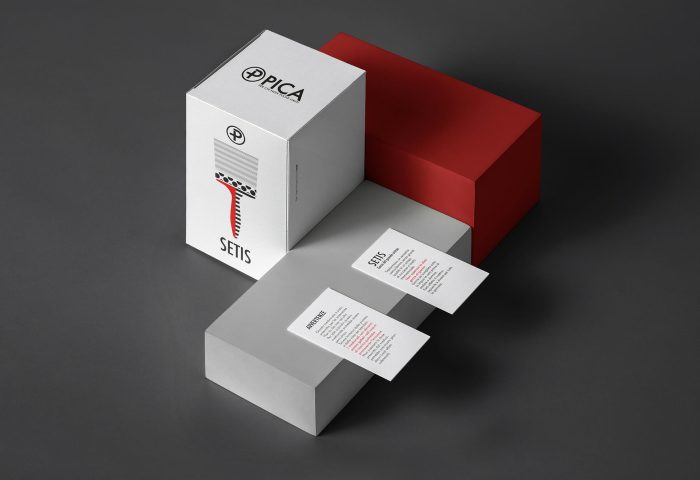

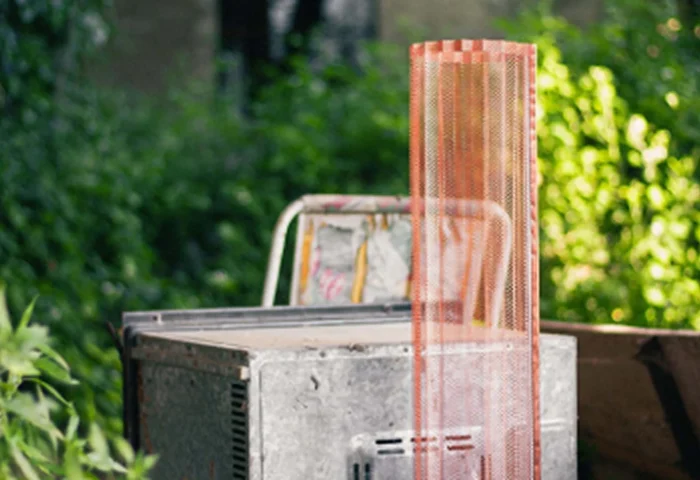
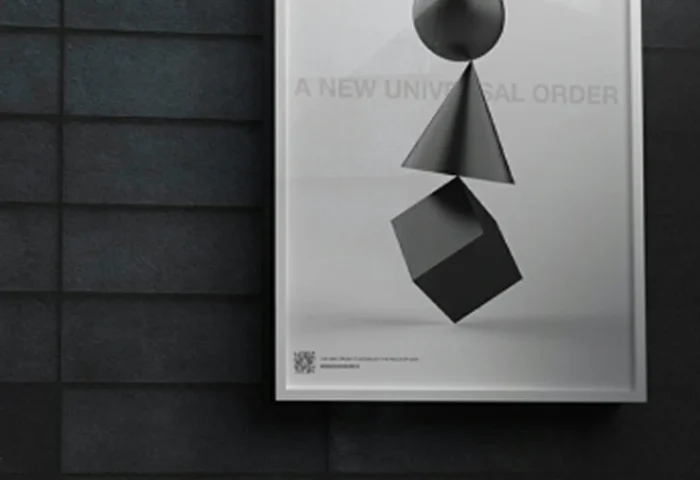
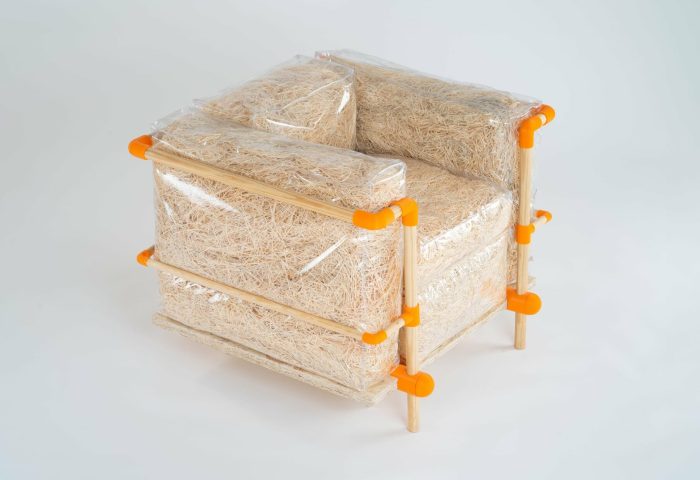
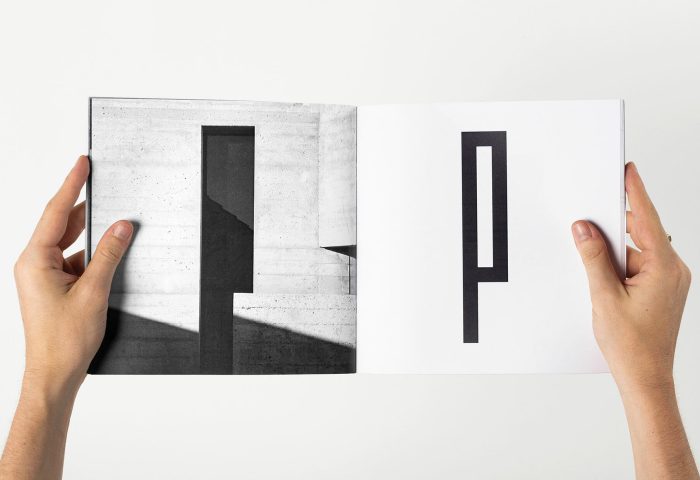

Anno III
Dopo due anni di metodo e strumenti, il terzo anno è il momento della vera progettazione. Non si tratta più solo di esercitarsi, ma di lavorare su sfide concrete in una dinamica immersiva, a stretto contatto con il mondo professionale.
La classe diventa una design agency, i docenti assumono il ruolo di art director, gli studenti quello di junior designer. Ogni progetto nasce da un'esigenza reale e viene sviluppato in risposta ai Laboratori di Progetto, brief assegnati direttamente dalle aziende partner di SID. Con oltre 350 realtà coinvolte, il terzo anno è un’opportunità per applicare conoscenze e competenze in contesti reali, sperimentando il processo progettuale dalla ricerca alla presentazione finale.
Ma è anche molto di più: un ponte verso il mondo del lavoro. Il terzo anno è una vetrina per gli studenti, che hanno l’occasione di entrare in contatto diretto con aziende e professionisti, costruendo relazioni e opportunità concrete per il proprio futuro professionale.

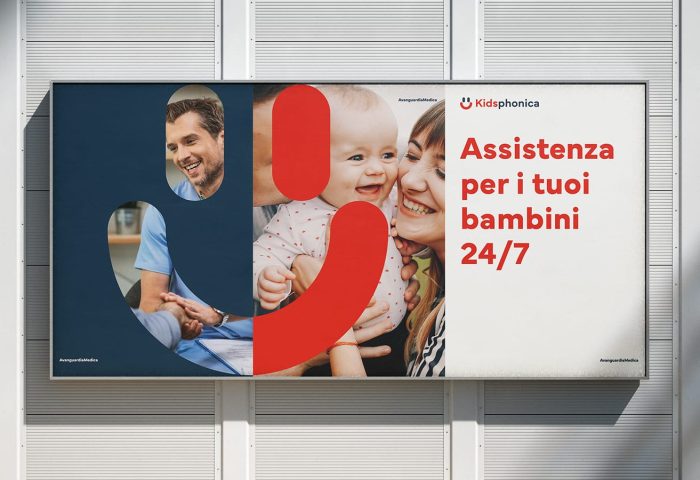
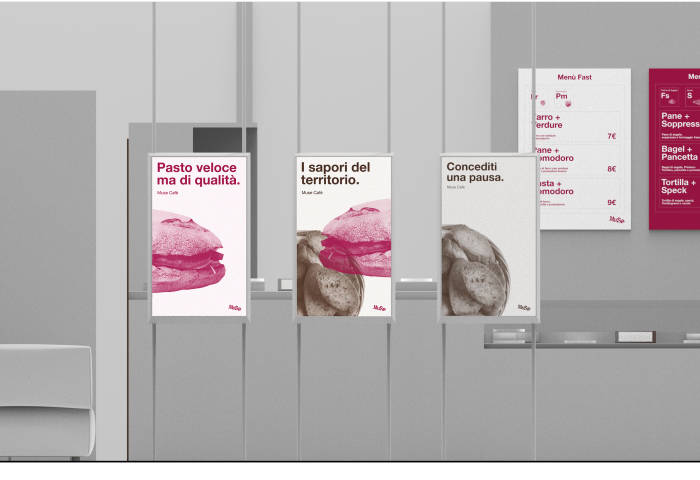

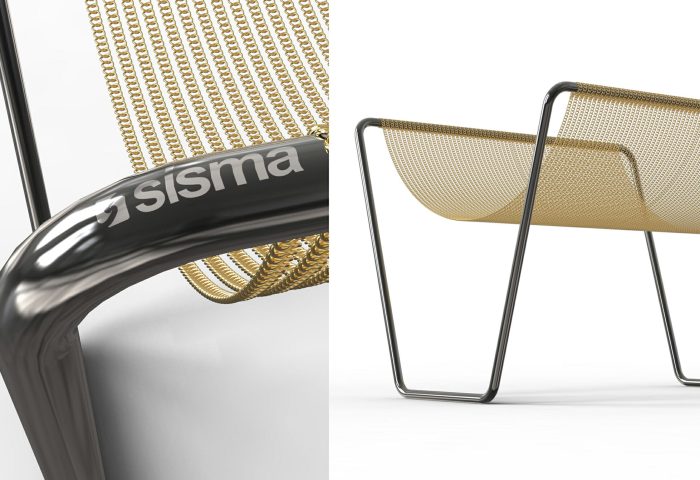

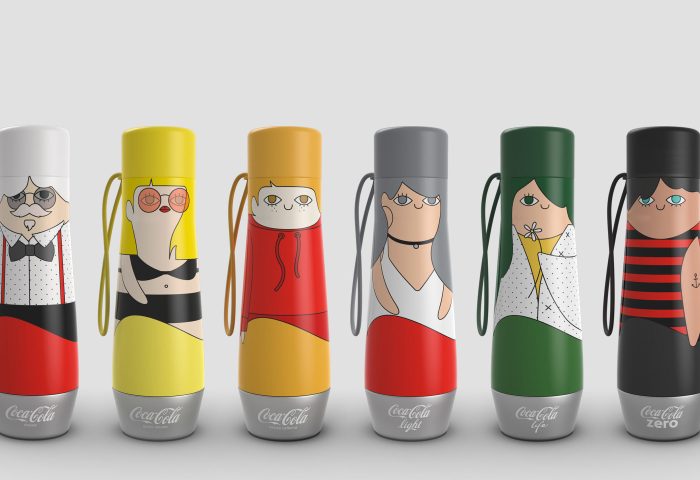

Format
SID adopts a structured system of teaching formats that guide students’ work and ensure a consistent approach to design. Each activity follows a defined method—providing students with the tools to tackle design challenges in various contexts, and enabling instructors, all active professionals, to bring their real-world experience into the classroom.
Activities are structured into Co-design Labs, Workshops, Camps, and Summer Schools.
Co-design Labs are part of the academic curriculum and allow students to work on real-world briefs in collaboration with companies and industry professionals.
Workshops and Camps are extracurricular experiences held at different times of the year—some of which are mandatory—and offer immersive, hands-on learning opportunities.
Summer Schools are on-demand programs reserved for top-performing students, providing additional space for advanced training and recognition.
These formats are carried out both within the school and in selected locations, with the aim of offering a comprehensive educational experience, alternating between immersive design moments and opportunities for discussion and discovery of the area.
laboratori di co-design
attività curricolari
Durata: 3 mesi
Partecipazione: obbligatoria
Anno: 3
Struttura: 30 studenti per classe, un docente dedicato
I Laboratori di co-design rappresentano il cuore del terzo anno di SID e sono l’occasione in cui gli studenti affrontano sfide progettuali reali in collaborazione con aziende partner. Ogni laboratorio ha una durata di tre mesi, con un docente dedicato e un team composto da un’unica classe da circa 30 studenti.
In questi laboratori gli studenti affinano il proprio metodo e mettono in pratica le competenze acquisite nei primi due anni, lavorando su progetti concreti con scadenze, obiettivi e revisioni periodiche, come avviene in un contesto professionale.
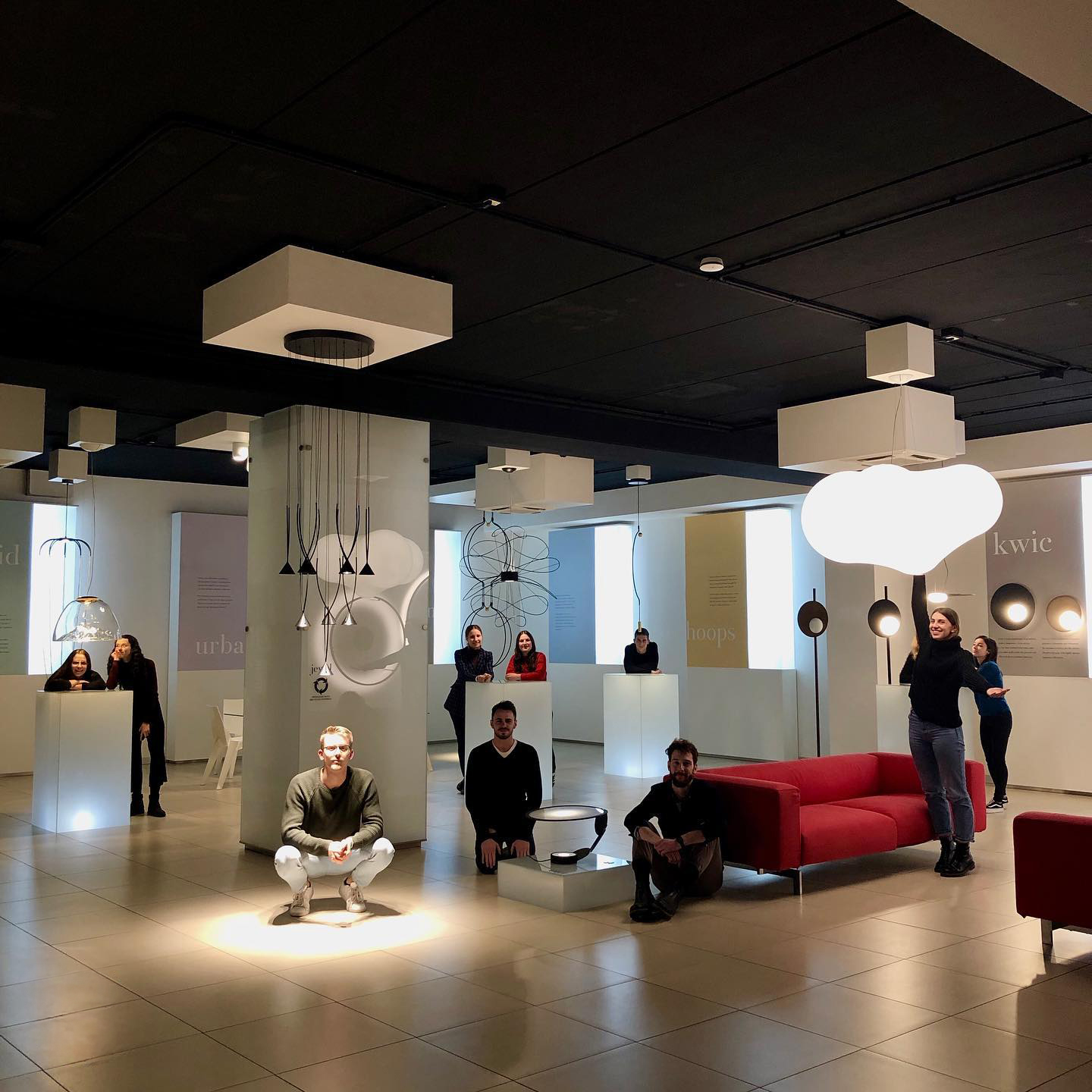
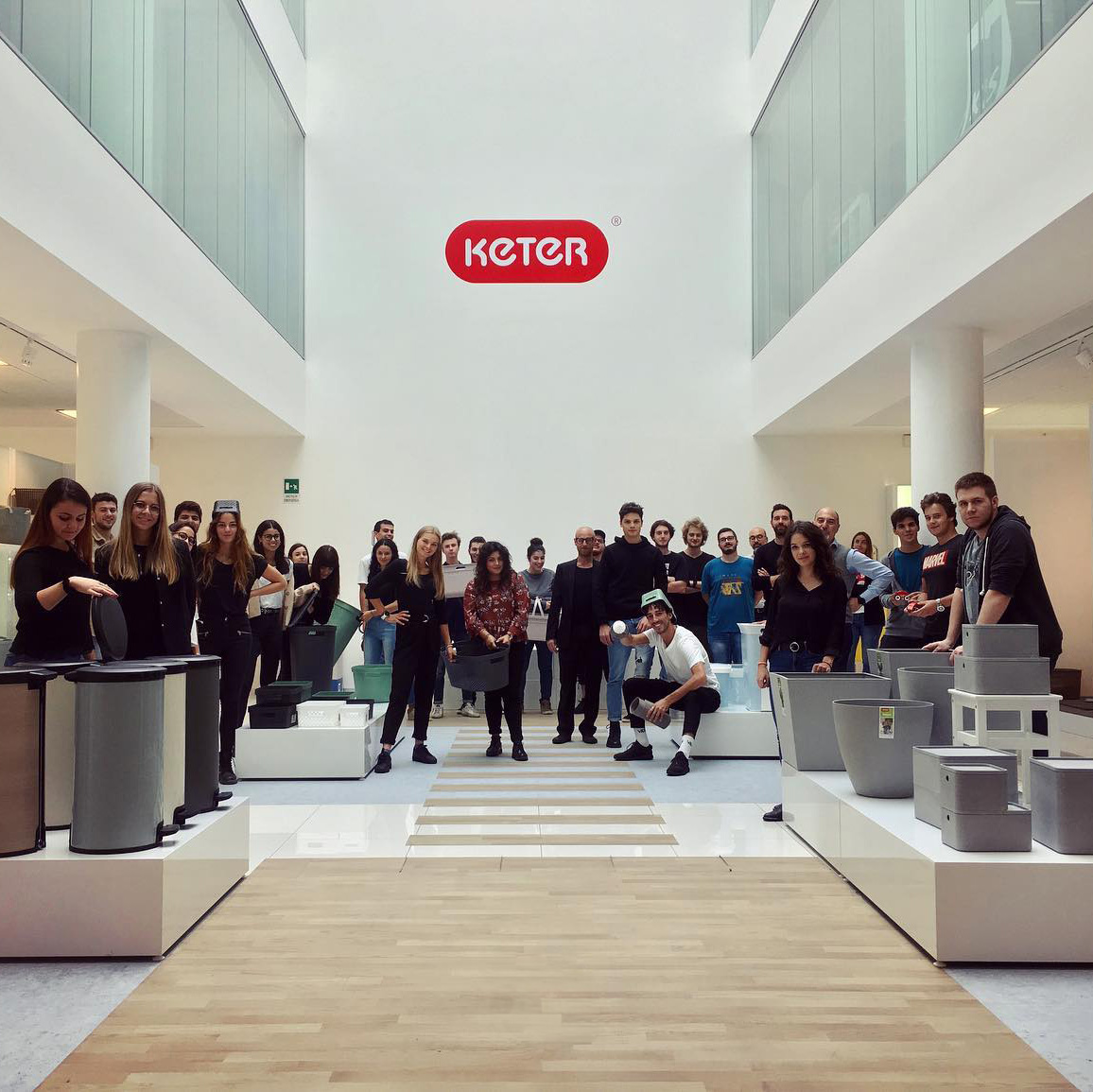
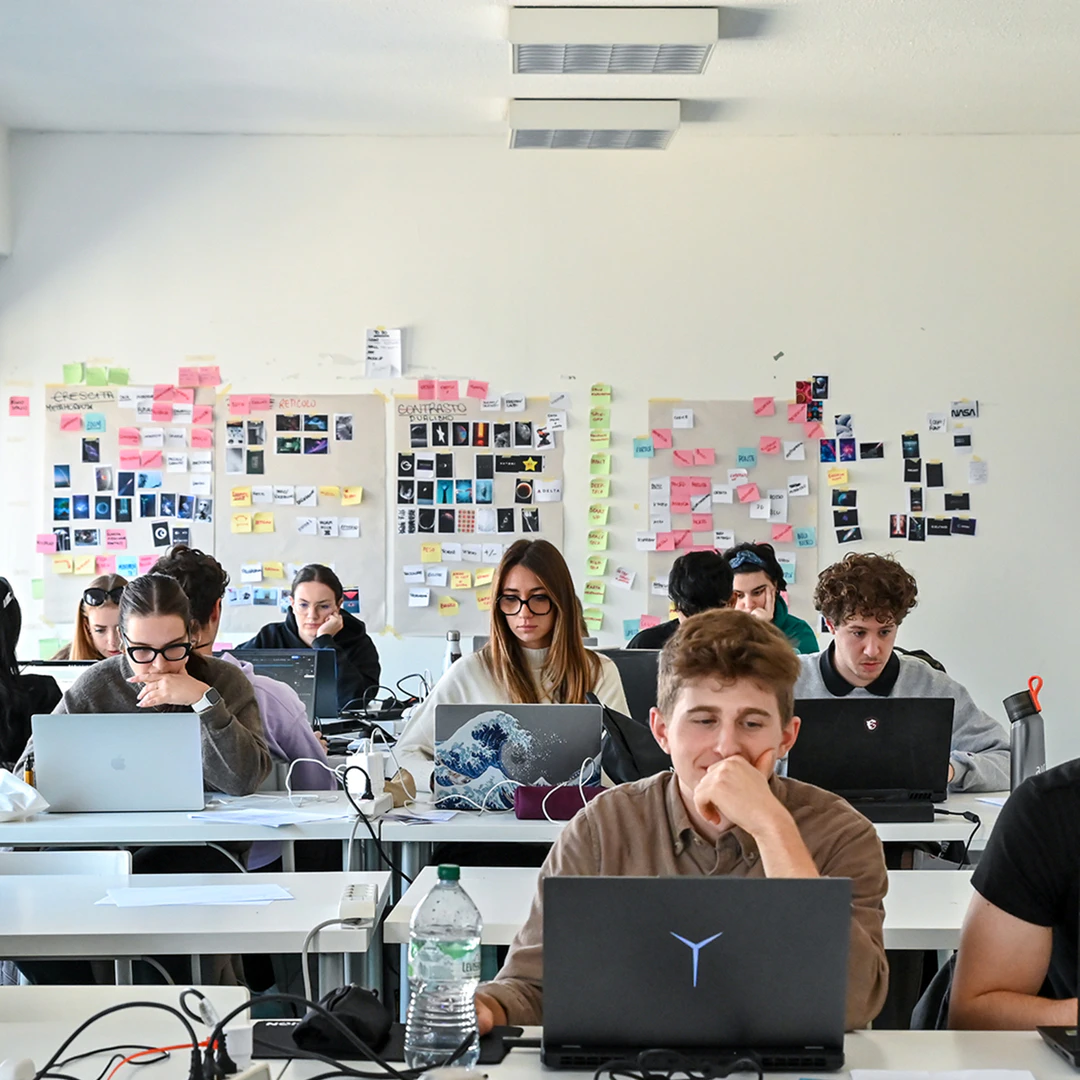
workshop
attività extra scolastica
Durata: 7-10 giorni
Partecipazione: obbligatoria o opzionale a seconda del periodo
Anno: 1, 2, 3
Struttura: 8-15 studenti per gruppo, un docente dedicato
I Workshop sono esperienze di progettazione immersiva della durata di 7-10 giorni, organizzate una o due volte all’anno. A seconda del periodo, possono essere obbligatori o opzionali e si svolgono spesso in location selezionate, lontano dall’ambiente accademico.
Ogni workshop è seguito da un docente dedicato, che guida team di 8-15 studenti provenienti da tutti e tre gli anni del triennio. Queste esperienze, commissionate da aziende nazionali e internazionali, hanno l’obiettivo di generare visioni e concept innovativi, sfruttando il confronto interdisciplinare e l’immersione in nuovi contesti.
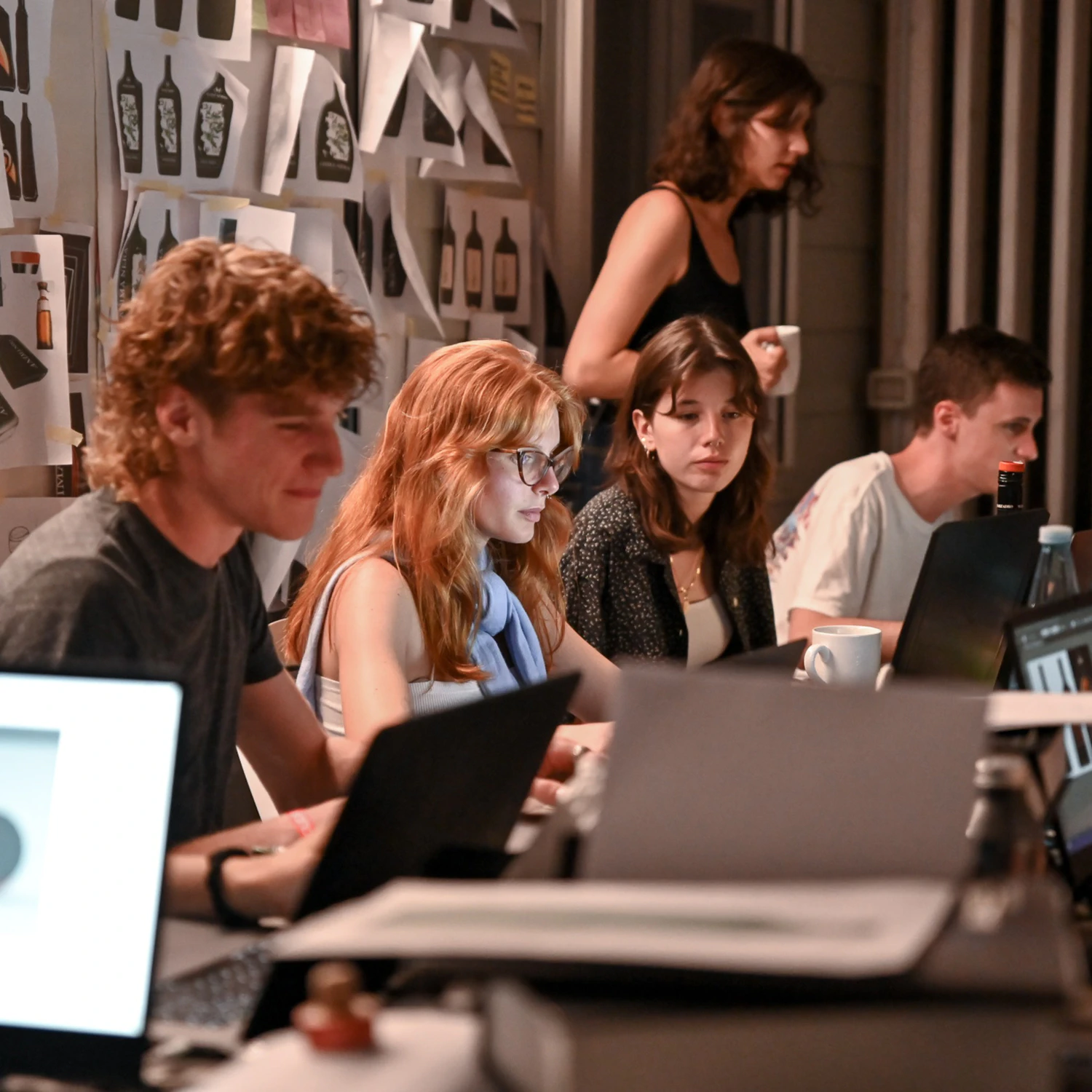
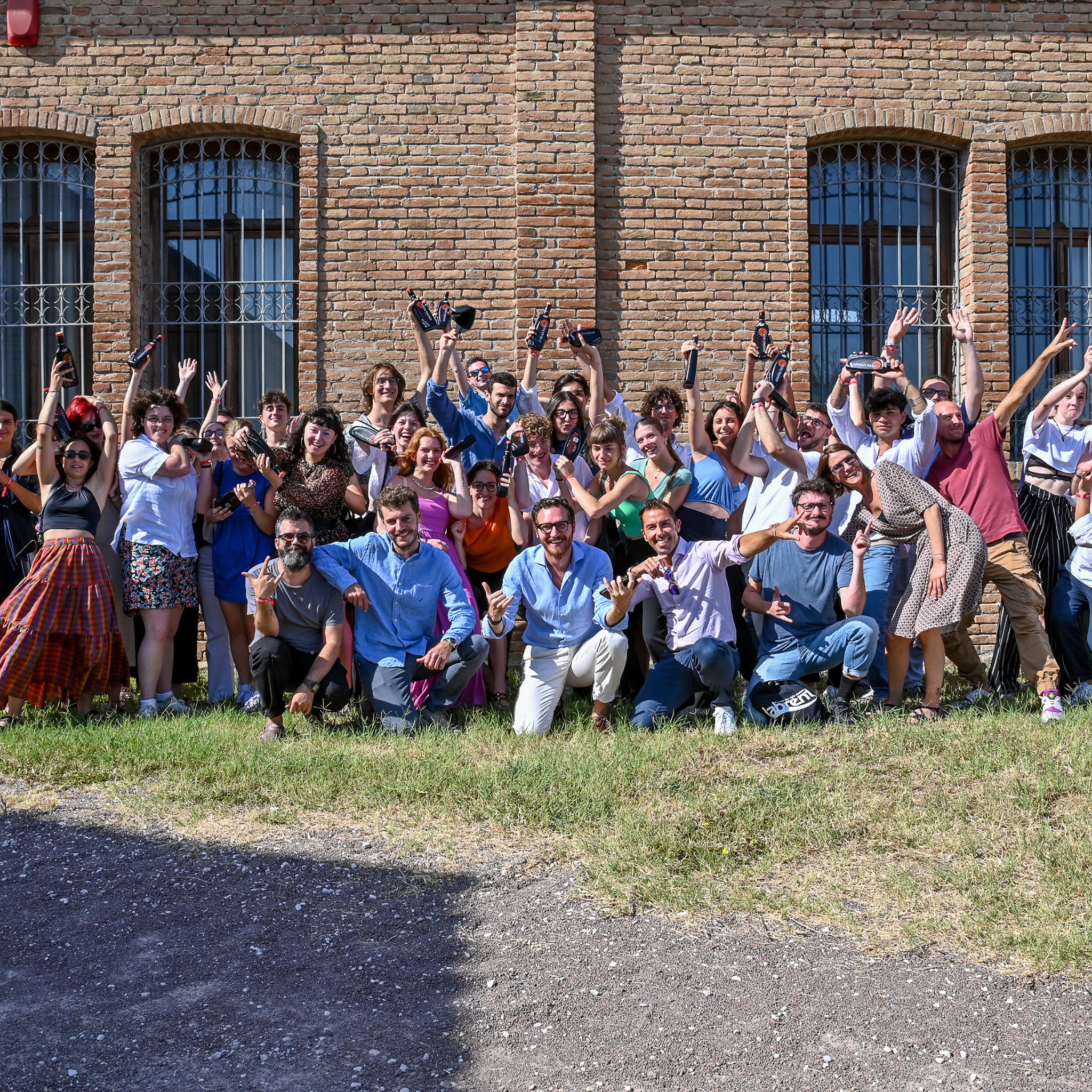
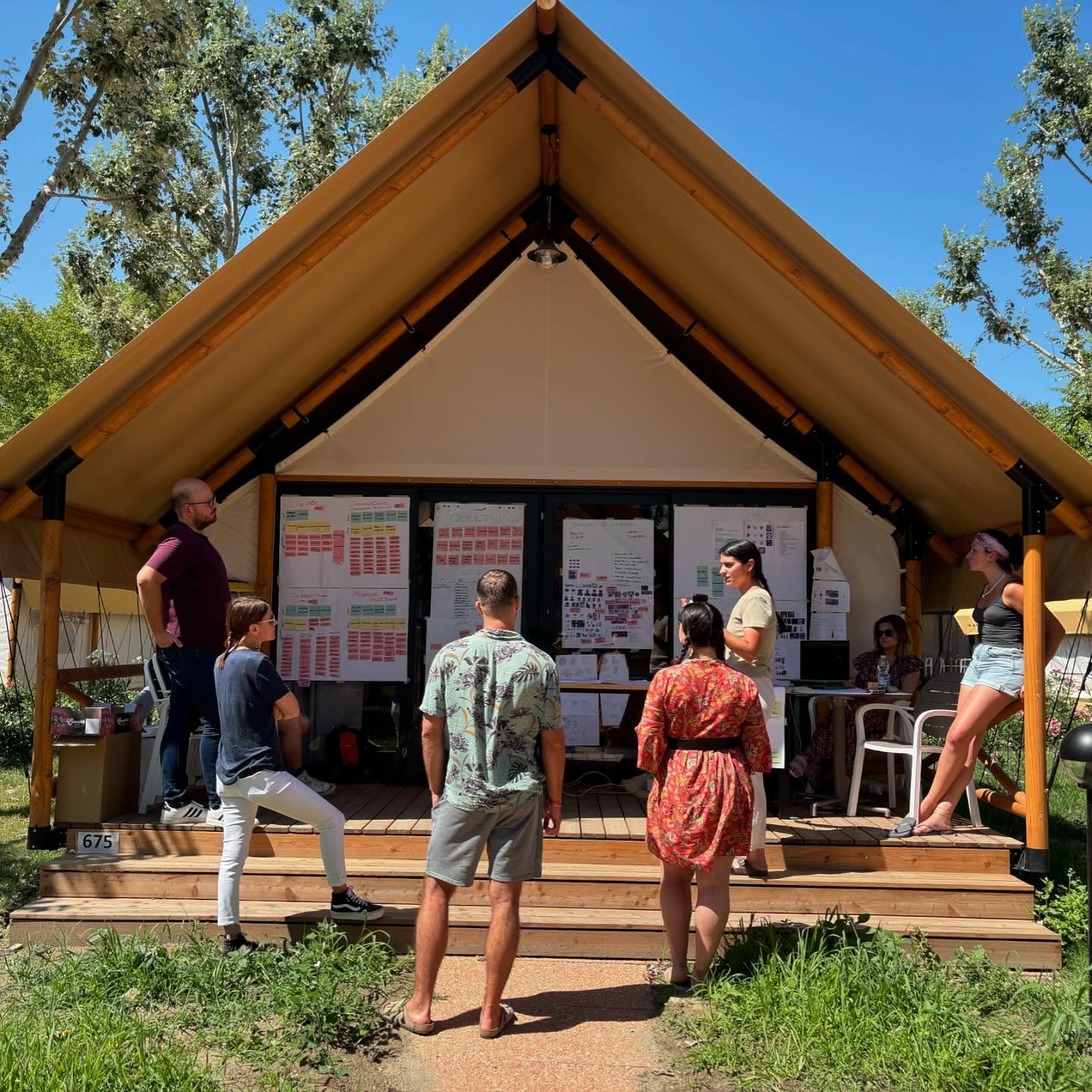
camp
attività extra scolastica
Durata: 3-5 giorni
Partecipazione: obbligatoria o opzionale a seconda del periodo
Anno: 1, 2, 3
Struttura: 10-20 studenti per gruppo, coordinamento peer-to-peer con supervisione docenti
I Camp sono esperienze brevi e dinamiche, della durata di 3-5 giorni, organizzate 3 o 4 volte all’anno. Il loro punto di forza è l’approccio peer-to-peer, dove gli studenti del terzo anno assumono il ruolo di capigruppo, guidando team eterogenei composti da studenti di tutti e tre gli anni.
Ogni gruppo è composto da 10-20 partecipanti, che lavorano su un tema specifico con il supporto di un docente supervisore. I Camp permettono di sperimentare nuovi approcci progettuali in contesti stimolanti, mettendo alla prova capacità di leadership e lavoro di squadra.
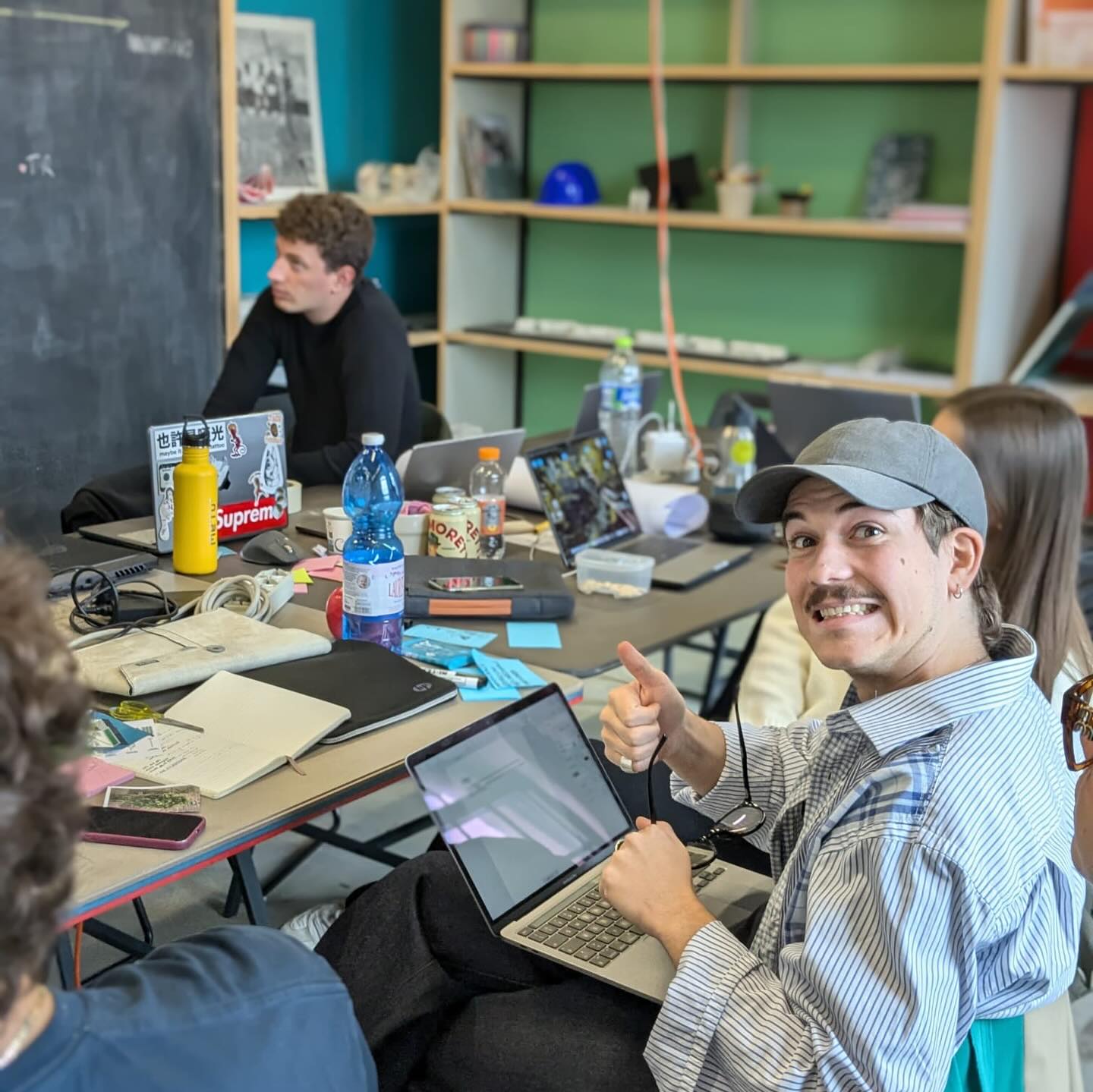
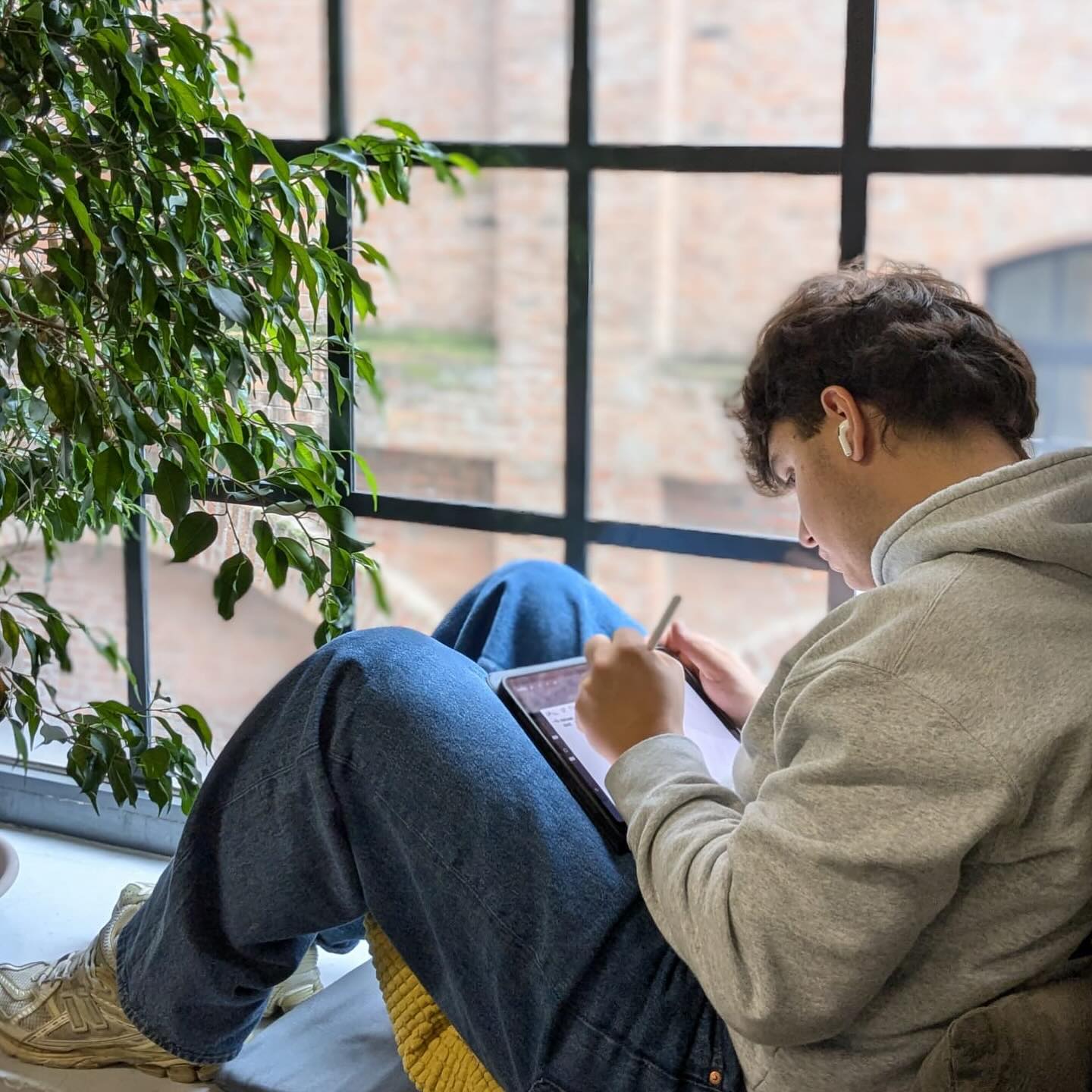
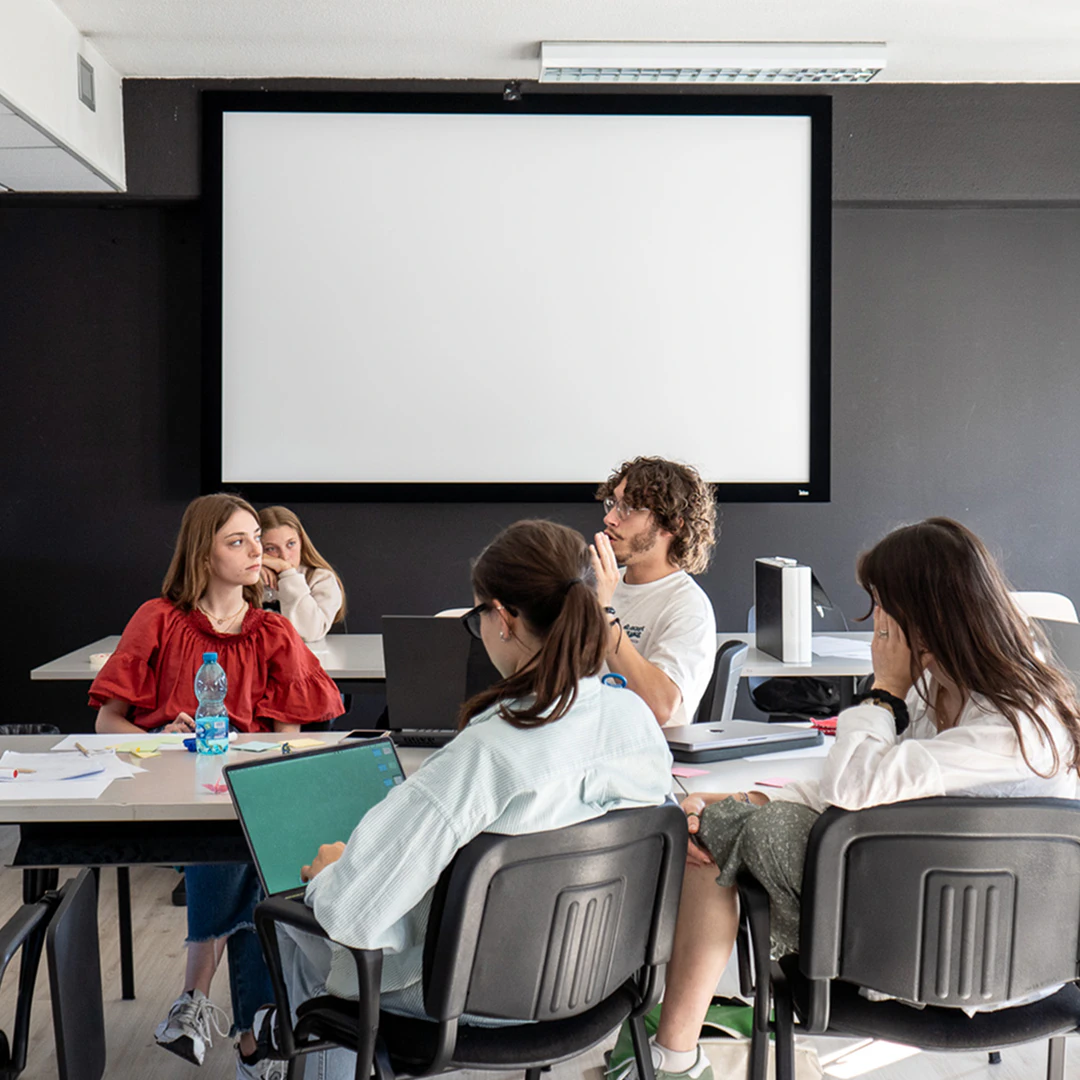
summer school
attività estiva
Durata: 1 mese
Partecipazione: su richiesta, accesso per merito
Anno: 2
Struttura: studenti del secondo anno inseriti nei team di R&D Design del Galileo Visionary District
La Summer School è un percorso intensivo della durata di un mese, riservato agli studenti più meritevoli del secondo anno. Viene organizzata una volta all’anno e offre la possibilità di lavorare su progetti speciali con il supporto di tutor dedicati.
A differenza degli altri format, la Summer School prevede l’inserimento degli studenti selezionati all’interno dei team di R&D Design del Galileo Visionary District, offrendo un'esperienza diretta nei processi di ricerca e sviluppo e un primo contatto con la realtà professionale.
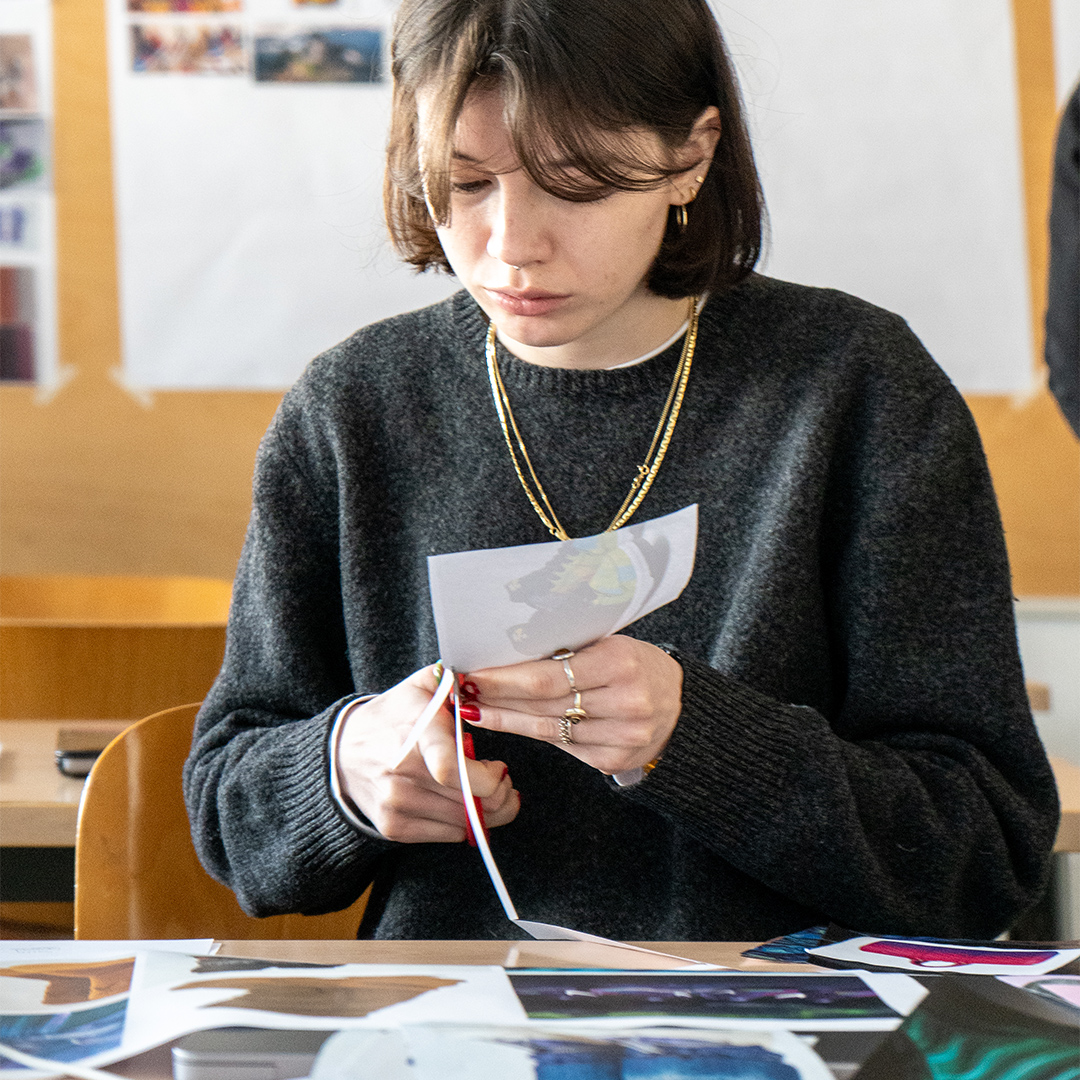
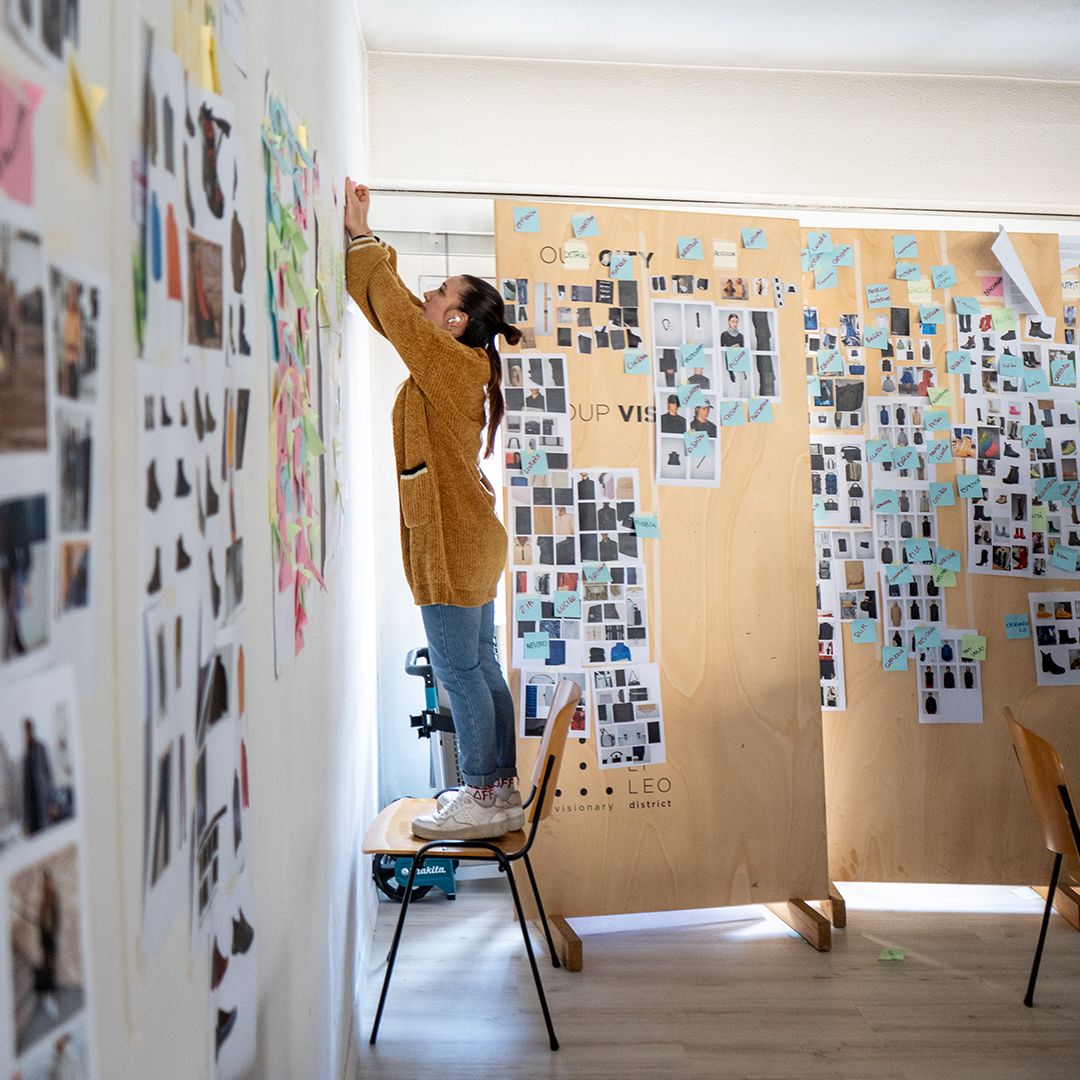
workshop internazionale
in collaborazione con Nida Art Colony
Durata: 10 giorni
Partecipazione: accesso per merito
Anno: 2
Luogo: Nida Art Colony, Nida, Lituania
Scuola Italiana Design offre ai suoi studenti l’opportunità di partecipare al programma Erasmus+ presso la NIDA Art Colony in Lituania, un centro internazionale di residenza artistica e ricerca creativa. In questo contesto dinamico e multiculturale, i partecipanti esplorano nuove prospettive progettuali, confrontandosi con artisti, designer e ricercatori provenienti da tutto il mondo. Attraverso laboratori, workshop e attività interdisciplinari, gli studenti SID ampliano le proprie competenze, approfondendo il rapporto tra design, arte contemporanea e sostenibilità ambientale. La collaborazione con NIDA Art Colony rappresenta un’occasione unica per applicare il metodo progettuale SID in un contesto internazionale, sviluppando competenze interculturali e acquisendo una visione globale della professione di designer.
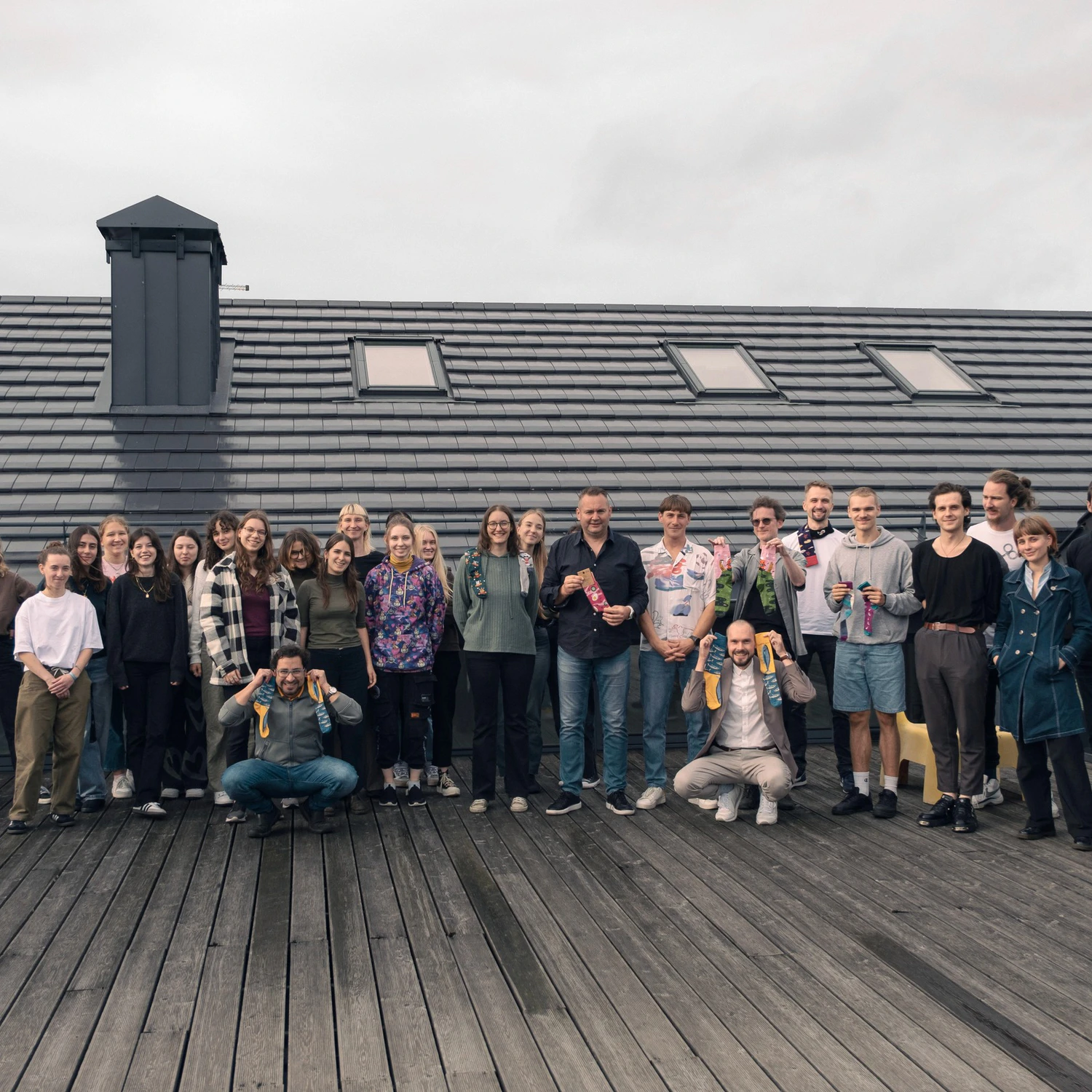
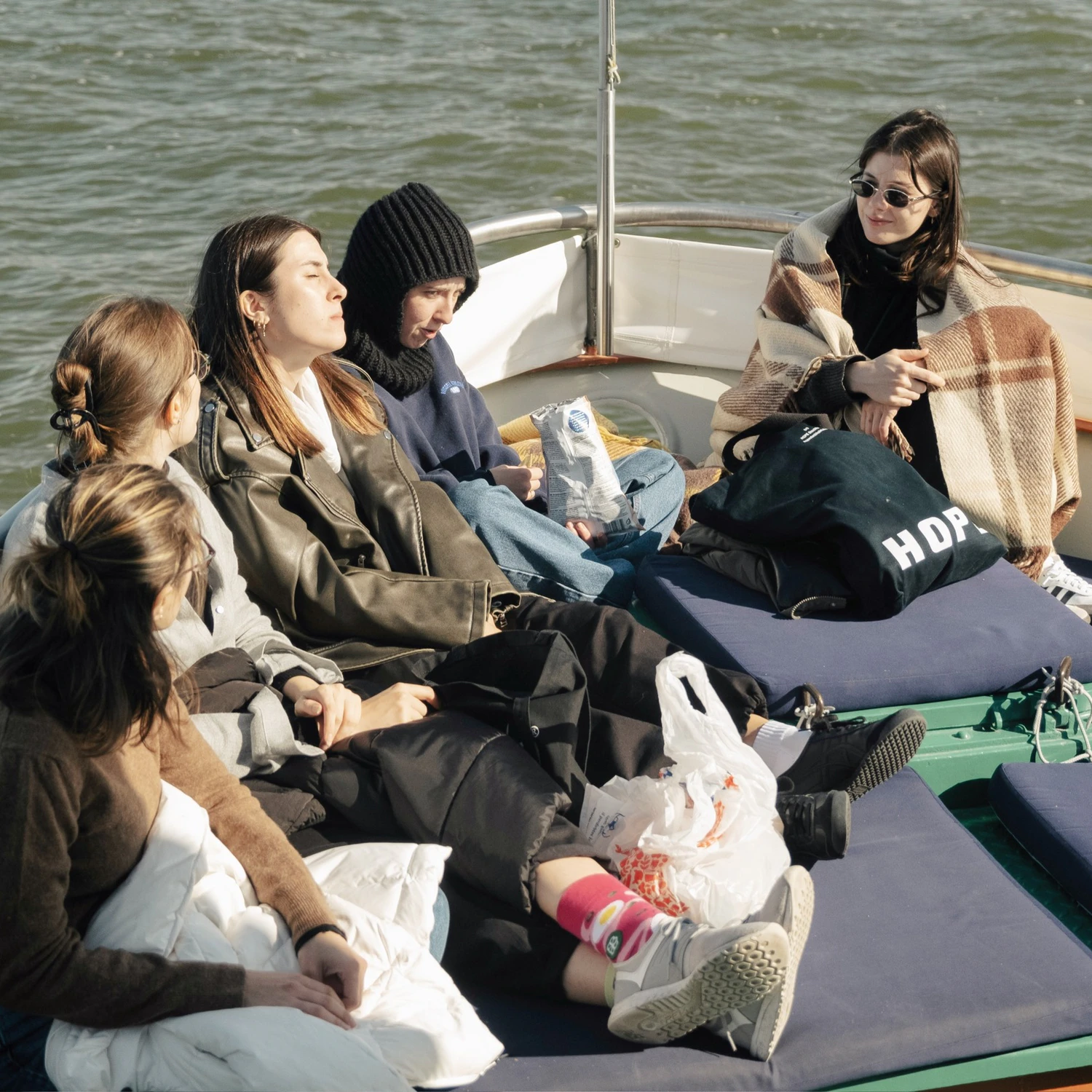
SID—Scuola Italiana Design prepares designers who are ready to enter the workforce, with a high employment rate upon completion of the Three-Year Course.
> Explore career paths and get to know the SID alumni community.
Organization chart
Presidente
Paolo Giopp
Paolo Giopp

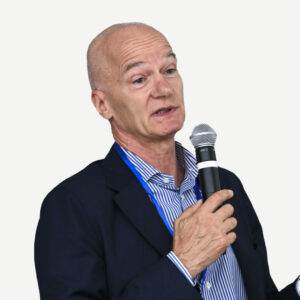
Paolo Giopp
Direzione
Emiliano Fabris
Emiliano Fabris

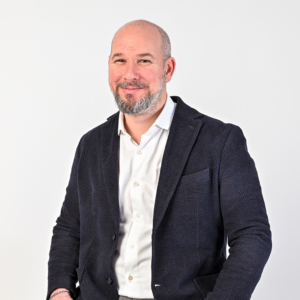
Emiliano Fabris
Consiglio di Amministrazione
Francesca Bozzato
Andrea Busato
Emiliano Fabris
Paolo Giopp
Francesca Bozzato
Andrea Busato
Emiliano Fabris
Paolo Giopp


Francesca Bozzato

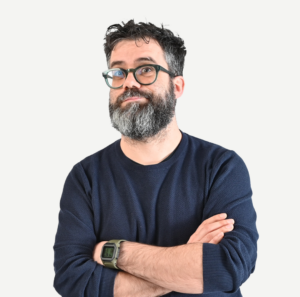
Andrea Busato


Emiliano Fabris


Paolo Giopp
Didattica
Andrea Maragno
Cesar Arroyo
Andrea Maragno
Cesar Arroyo

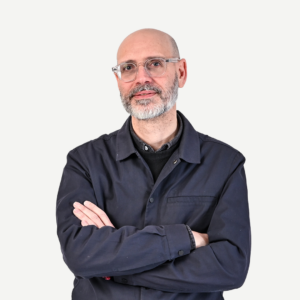
Andrea Maragno

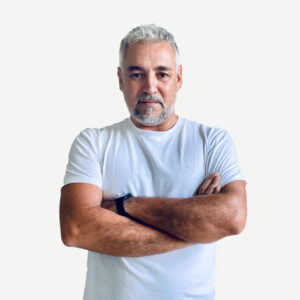
Cesar Arroyo
Management
Katia Fasolo
Alessio Zini
Steve Azzalin
Cesar Arroyo
Andrea Busato
Katia Fasolo
Alessio Zini
Steve Azzalin
Cesar Arroyo
Andrea Busato

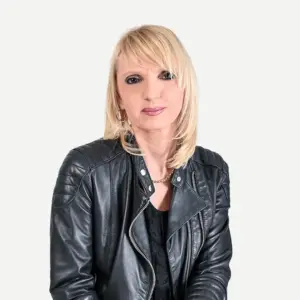
Katia Fasolo

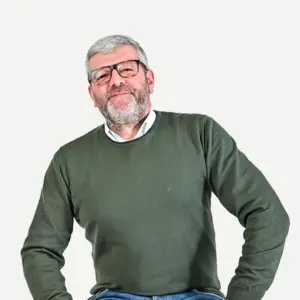
Alessio Zini


Steve Azzalin


Cesar Arroyo


Andrea Busato
Comitato di ricerca
Steve Azzalin
Andrea Maragno
Andrea Busato
Emiliano Fabris
Paolo Giopp
Steve Azzalin
Andrea Maragno
Andrea Busato
Emiliano Fabris
Paolo Giopp


Steve Azzalin


Andrea Maragno


Andrea Busato


Emiliano Fabris


Paolo Giopp
Consiglio Accademico
Julius Cortivo
John Boldrin
Giulia Turra
Eva Tenan
Andrea Maragno
Cesar Arroyo
Emiliano Fabris
Paolo Giopp
Julius Cortivo
John Boldrin
Giulia Turra
Eva Tenan
Andrea Maragno
Cesar Arroyo
Emiliano Fabris
Paolo Giopp


Julius Cortivo

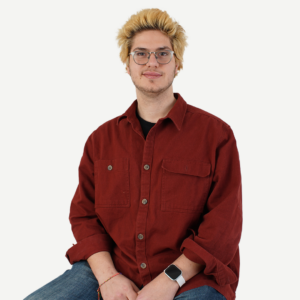
John Boldrin

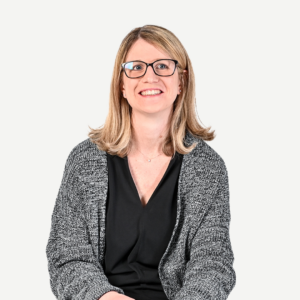
Giulia Turra

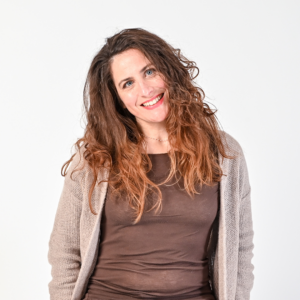
Eva Tenan


Andrea Maragno


Cesar Arroyo


Emiliano Fabris


Paolo Giopp
Nucleo di Valutazione
Joseph Carci
Massimo Castagnaro
Chiara Grandesso
Joseph Carci
Massimo Castagnaro
Chiara Grandesso

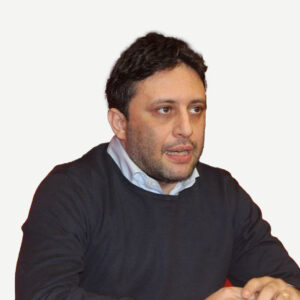
Joseph Carci


Massimo Castagnaro


Chiara Grandesso
Consulta studenti
Francesca Bozzato
Julius Cortivo
John Boldrin
Francesca Bozzato
Julius Cortivo
John Boldrin


Francesca Bozzato


Julius Cortivo


John Boldrin
Anno I
Scott Alan Stuart
Riccardo Maistrello
Giulia Turra
Tommaso Russo
Luca Ferigo
Luca Trombin
Giulio Simeone
Irene Sgarro
Lorenzo Mason
Eva Tenan
Eugenio Farina
Dario De Meo
Cesar Arroyo
Andrea Busato
Scott Alan Stuart
Riccardo Maistrello
Giulia Turra
Tommaso Russo
Luca Ferigo
Luca Trombin
Giulio Simeone
Irene Sgarro
Lorenzo Mason
Eva Tenan
Eugenio Farina
Dario De Meo
Cesar Arroyo
Andrea Busato

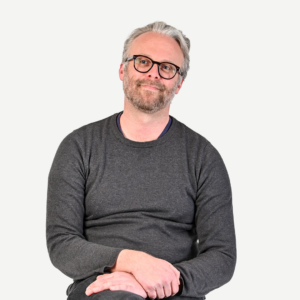
Scott Alan Stuart


Riccardo Maistrello


Giulia Turra


Tommaso Russo

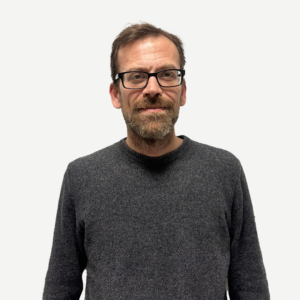
Luca Ferigo

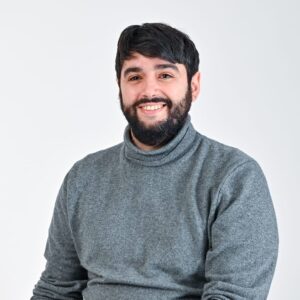
Luca Trombin

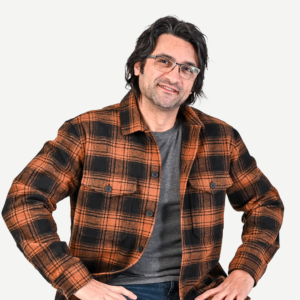
Giulio Simeone

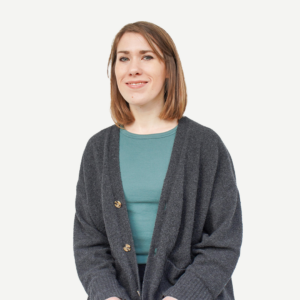
Irene Sgarro

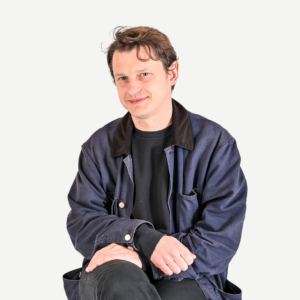
Lorenzo Mason


Eva Tenan

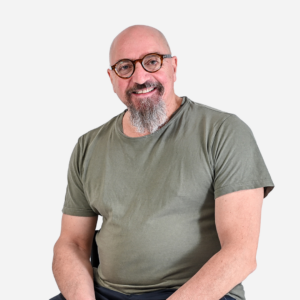
Eugenio Farina


Dario De Meo


Cesar Arroyo


Andrea Busato
Anno II
Enrico Giolo
Matteo Formentini
Tommaso Morbiato
Paola Amabile
Tobias Jurgen Nitsche
Alessio Abdolahian
Christopher Century
Luca Fattore
Chiara Grandesso
Scott Alan Stuart
Giulia Turra
Luca Ferigo
Luca Trombin
Giulio Simeone
Eva Tenan
Eugenio Farina
Dario De Meo
Enrico Giolo
Matteo Formentini
Tommaso Morbiato
Paola Amabile
Tobias Jurgen Nitsche
Alessio Abdolahian
Christopher Century
Luca Fattore
Chiara Grandesso
Scott Alan Stuart
Giulia Turra
Luca Ferigo
Luca Trombin
Giulio Simeone
Eva Tenan
Eugenio Farina
Dario De Meo

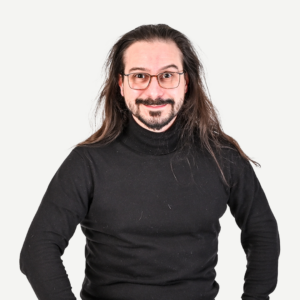
Enrico Giolo

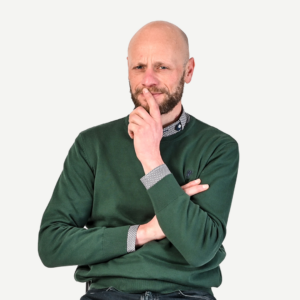
Matteo Formentini

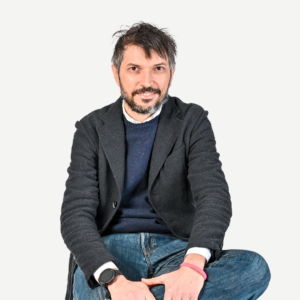
Tommaso Morbiato

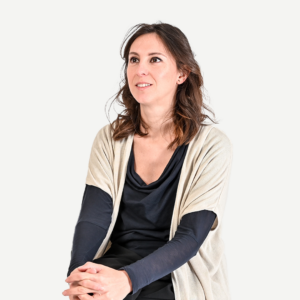
Paola Amabile

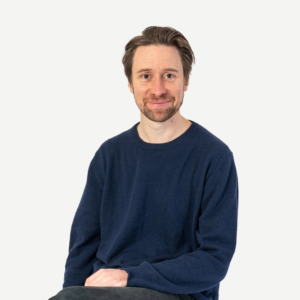
Tobias Jurgen Nitsche


Alessio Abdolahian

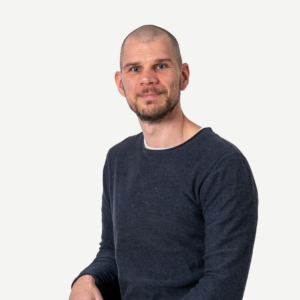
Christopher Century

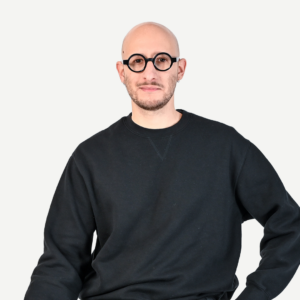
Luca Fattore


Chiara Grandesso


Scott Alan Stuart


Giulia Turra


Luca Ferigo


Luca Trombin


Giulio Simeone


Eva Tenan


Eugenio Farina


Dario De Meo
Anno III
Marco Cellini
Alessandro Carraro
Giuseppe Brofferio
Alessandro Busana
Stefano Claudio Bison
Matteo Zorzenoni
Stefano Traverso
Enrico Sorio
Cesare Bizzotto
Chiarajenny Dellomonaco
Lucrezia Stocco
Francesca Perpetuini
Fabio Furlanis
Maira Passuello
Dominic Fucigna
Christopher Century
Scott Alan Stuart
Andrea Maragno
Cesar Arroyo
Sonia Tasca
Andrea Busato
Marco Cellini
Alessandro Carraro
Giuseppe Brofferio
Alessandro Busana
Stefano Claudio Bison
Matteo Zorzenoni
Stefano Traverso
Enrico Sorio
Cesare Bizzotto
Chiarajenny Dellomonaco
Lucrezia Stocco
Francesca Perpetuini
Fabio Furlanis
Maira Passuello
Dominic Fucigna
Christopher Century
Scott Alan Stuart
Andrea Maragno
Cesar Arroyo
Sonia Tasca
Andrea Busato

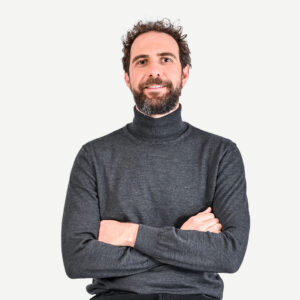
Marco Cellini

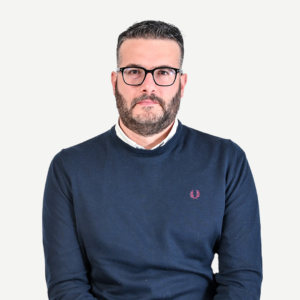
Alessandro Carraro

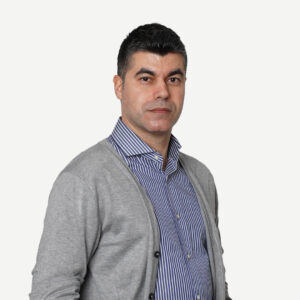
Giuseppe Brofferio

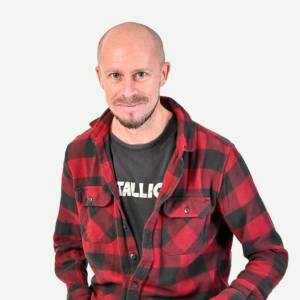
Alessandro Busana

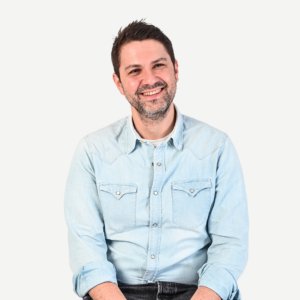
Stefano Claudio Bison

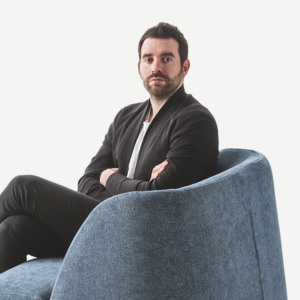
Matteo Zorzenoni

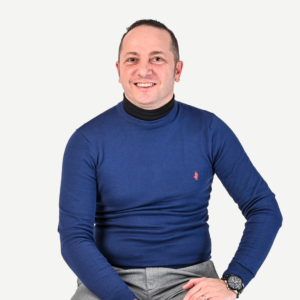
Stefano Traverso

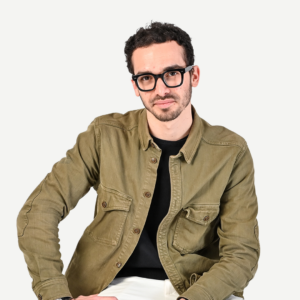
Enrico Sorio

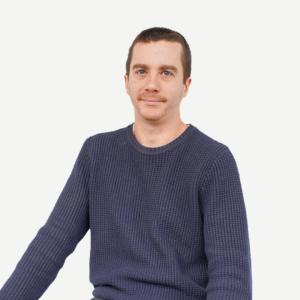
Cesare Bizzotto

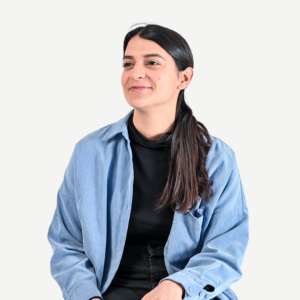
Chiarajenny Dellomonaco

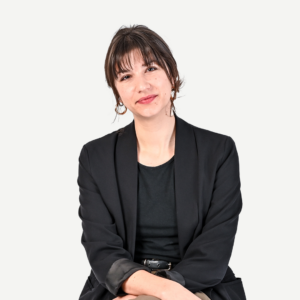
Lucrezia Stocco

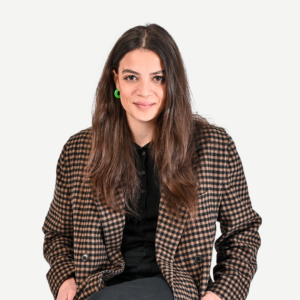
Francesca Perpetuini

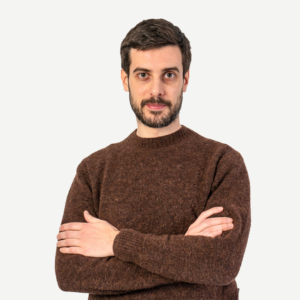
Fabio Furlanis

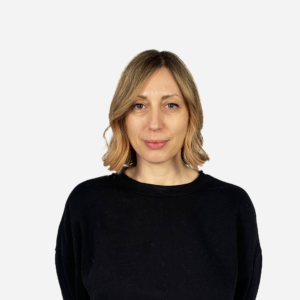
Maira Passuello

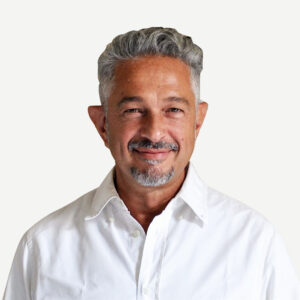
Dominic Fucigna


Christopher Century


Scott Alan Stuart


Andrea Maragno


Cesar Arroyo

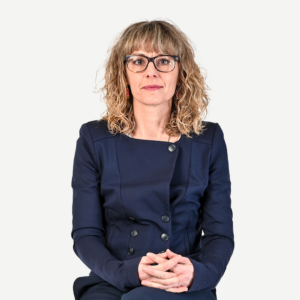
Sonia Tasca


Andrea Busato
Segreteria
Sara Guerriero
Alessandra Bortoli
Tatiana Nicoletto
Sara Guerriero
Alessandra Bortoli
Tatiana Nicoletto


Sara Guerriero

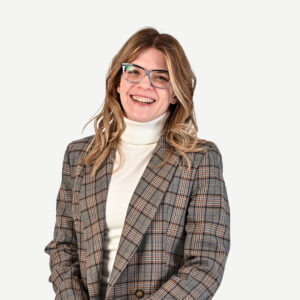
Alessandra Bortoli

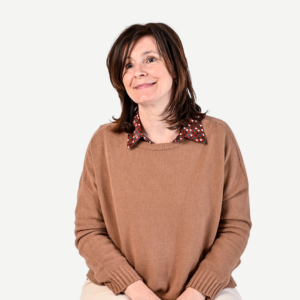
Tatiana Nicoletto
Biblioteca
Sara Guerriero
Sara Guerriero


Sara Guerriero
Ricercatori
Giulia Boscolo Chielon
Lucia Griggio
Mattia Giulio Canola
Giulia Ghisa
Sara Griggio
Marco Selmin
Lisa Pravato
Francesco Angeloni
Alice Azzolin
Chiarajenny Dellomonaco
Giulia Boscolo Chielon
Lucia Griggio
Mattia Giulio Canola
Giulia Ghisa
Sara Griggio
Marco Selmin
Lisa Pravato
Francesco Angeloni
Alice Azzolin
Chiarajenny Dellomonaco

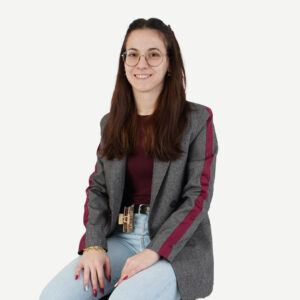
Giulia Boscolo Chielon

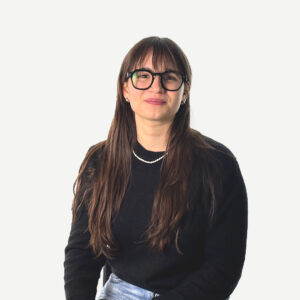
Lucia Griggio

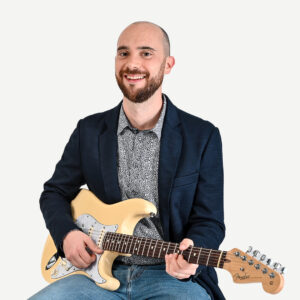
Mattia Giulio Canola

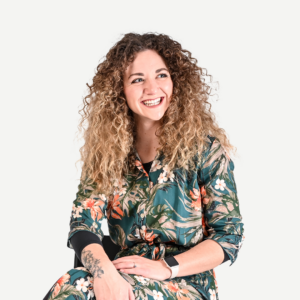
Giulia Ghisa

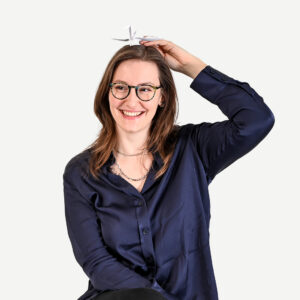
Sara Griggio

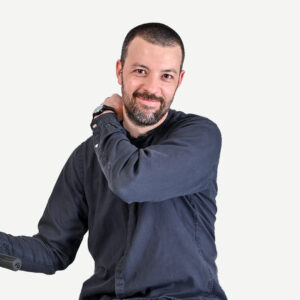
Marco Selmin

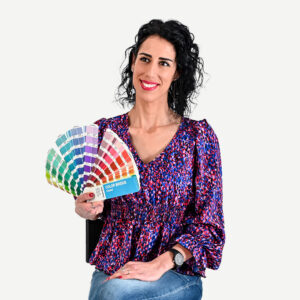
Lisa Pravato

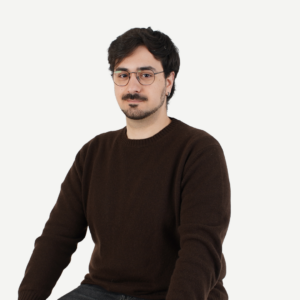
Francesco Angeloni

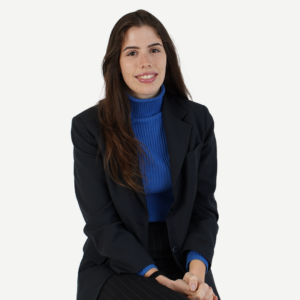
Alice Azzolin


Chiarajenny Dellomonaco
Consulenti
Manuela Soccol
Richard Sandre
Alessandro Zanella
Stephen Noventa
Manuela Soccol
Richard Sandre
Alessandro Zanella
Stephen Noventa


Manuela Soccol

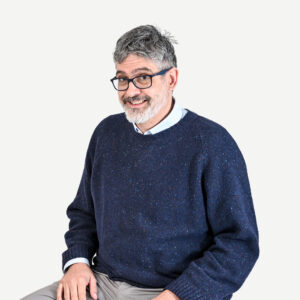
Richard Sandre


Alessandro Zanella

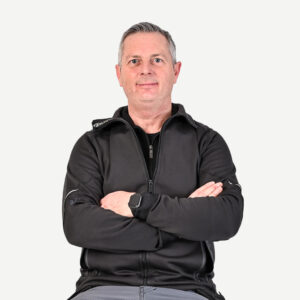
Stephen Noventa
Bring your experience into the classroom and help shape the next generation of designers.
-> Discover the open positions and become a SID lecturer
History
Fondazione Scuola Italiana Design
Riconoscimento del Corso Triennale in Design Industriale.
Inaugura il format del Workshop
SID entra a far parte di Galileo Visionary District
Galileo ente accreditato dalla regione del Veneto per la formazione superiore
Riprogettazione piano didattico e aree disciplinari
Scuola Italiana Design diventa ISIA
Una nuova sede per Scuola Italiana Design
The new campus
Starting in September 2025, SID—Scuola Italiana Design will relocate to its new home inside the “La Cittadella” Business Center in Padua, at Via Masini 8. The project—promoted by Camera di Commercio di Padova and supported by a €3.4 million investment—marks a strategic step forward for the school and the entire Galileo Visionary District ecosystem.
The goal is to create a state-of-the-art learning environment that meets the evolving needs of contemporary design. The 1,500-square-meter space will include classrooms, research and development labs, collaborative work areas, a lecture hall, a relaxation zone, and a multimedia library—spaces designed to spark creativity and dialogue among students, faculty, and companies.
The new headquarters is part of the larger project of the “Blue Mile of Innovation,” a hub dedicated to technological development and contamination between skills, positioning itself as a reference point for advanced training in design and communication.
This move marks a new chapter for SID—Scuola Italiana Design: a space conceived to train designers ready to lead change.
The current campus
SID—Scuola Italiana Design is currently based in Padua, in a strategic area that bridges the city’s cultural and industrial fabric. The location is designed to provide students with a dynamic environment, featuring dedicated spaces for design, prototyping, and study.
In addition to its classrooms, the school features fully equipped labs for modeling and digital manufacturing, dedicated spaces for advanced design technologies, and an extensive academic library. These environments support a hands-on approach to design, enabling students to experiment, explore, and refine their skills throughout every stage of their learning journey.
Prototyping Lab
The Joe Colombo Prototyping Lab is SID—Scuola Italiana Design’s in-house space dedicated to prototyping and 3D modeling.
Here, students have access to tools and machinery for working with a wide range of materials—from plastics to wood to composites—exploring both traditional techniques and advanced technologies.
This space plays a vital role in design education: it allows students to test ideas, build physical models, and refine their technical skills through a hands-on, iterative process.
The Prototyping Lab is a meeting point between thought and matter—a place where design takes shape through manual work and direct experimentation.
Digital Rooms
SID’s Digital Rooms are environments designed to support the integration of design and digital tools. Each space is tailored to the needs of specific disciplinary areas: the Bruno Munari Digital Classroom is dedicated to visual communication and graphic design, while the Achille Castiglioni Digital Classroom is focused on product design.
Students have access to professional software including Adobe Creative Suite, Figma, AutoCAD, Rhinoceros, Fusion 360, KeyShot, and the latest generative AI tools for visualization—such as Vizcom and other emerging platforms.
SID provides comprehensive software licenses to all students, which can also be installed on personal devices and remain valid for four years, ensuring learning continuity even after completing the Three-Year Course.
These spaces foster the development of advanced digital skills—essential for designing with both awareness and precision.
Library
The Marco Zanuso Library at SID—Scuola Italiana Design is a private academic library created to offer students a rich collection of specialized resources on all aspects of design and related disciplines—from anthropology and sociology to product management and applied technologies.
It includes over 450 volumes on design and related fields, more than 1,900 specialized journals covering design, communication, and technological innovation, as well as unique historical collections—such as the full archive of DOMUS magazine, with over 500 issues dating back to 1963.
In addition to being a space for study and research, the library also serves as a coworking area where students can work independently or in groups. One of SID’s exclusive assets is housed here: the SID Portfolio section—a curated archive of theses, individual projects, and work developed by students during Co-design Labs, Workshops, and Camps from 2015 to the present.
The library also manages the Prototype Archive, which preserves a selection of the most outstanding student projects—both in physical and digital format—dating back to 2015.
Through SID’s subscription to the MLOL platform, students and faculty have access to over 2,500 digital volumes dedicated to design—further expanding opportunities for research and in-depth study.
Poplab
Poplab is SID’s external reference lab, specialized in digital manufacturing and advanced prototyping. Equipped with a dedicated fleet of machines, Poplab supports students in developing complex projects involving 3D modeling, augmented reality, and virtual reality—enhancing prototyping capabilities in both exploratory and pre-production phases.
In addition to supporting large-scale prototyping, Poplab is a space for research and experimentation—where design intersects with emerging technologies.
Thanks to its close collaboration with SID, students gain access to specialized expertise and cutting-edge tools, expanding their design capabilities and introducing them to advanced digital fabrication methodologies.
Poplab also hosts a variety of extracurricular activities organized throughout the academic year, including Workshops and Camps. It is also the home of the SID Specialization Courses—advanced training programs designed to explore specific areas of design and planning in greater depth.
Documents
and Student Services
In this section you will find all the official documents of SID-ScuolaItaliana Design, useful for orienting you on your academic path. Here you can consult the teaching regulations, admission procedures, evaluation criteria, the study manifesto and the rules governing the interaction between students, teachers and the structure.
-> Statute
-> Academic Regulations
-> Student Support and Rights
-> Transparency and Governance
-> Academic Council
-> Organization
-> SID Students’ Review
-> Internationalization
-> Third Mission
-> Annual Report – Evaluation Board

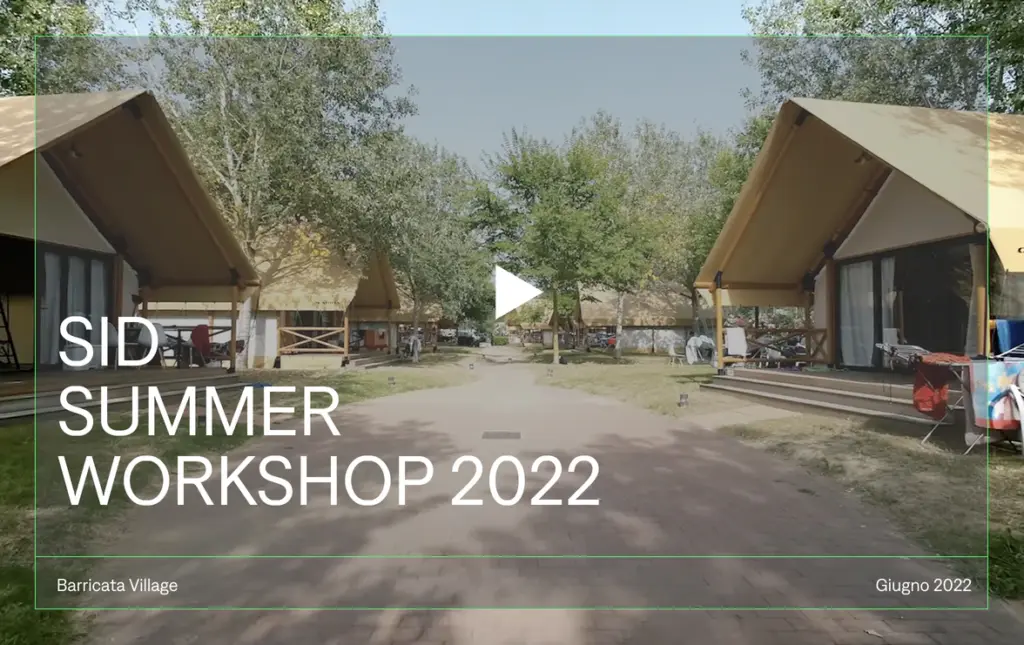
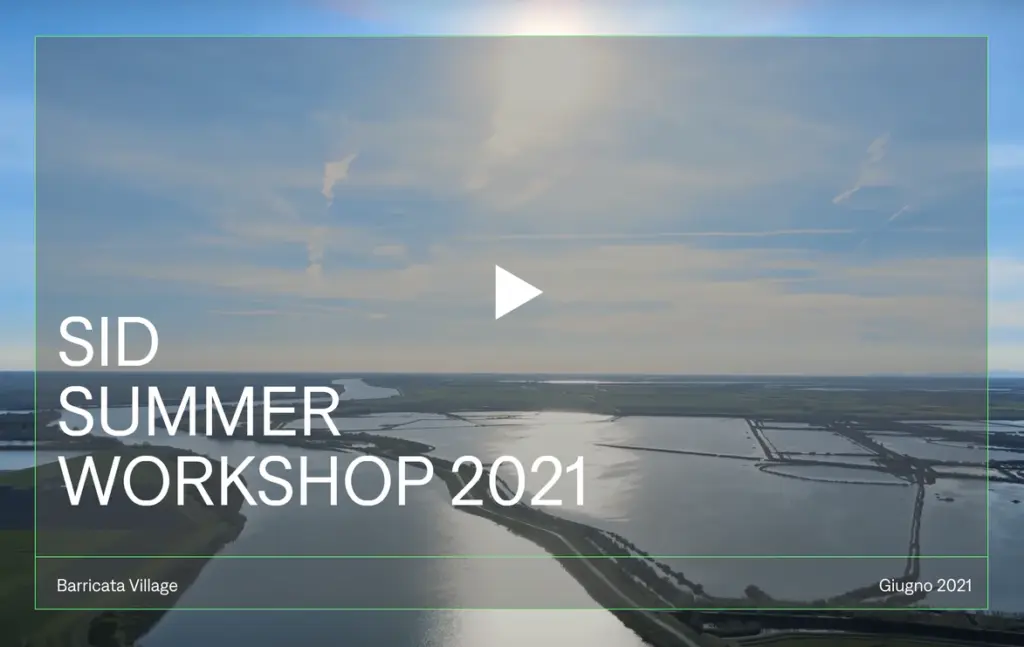
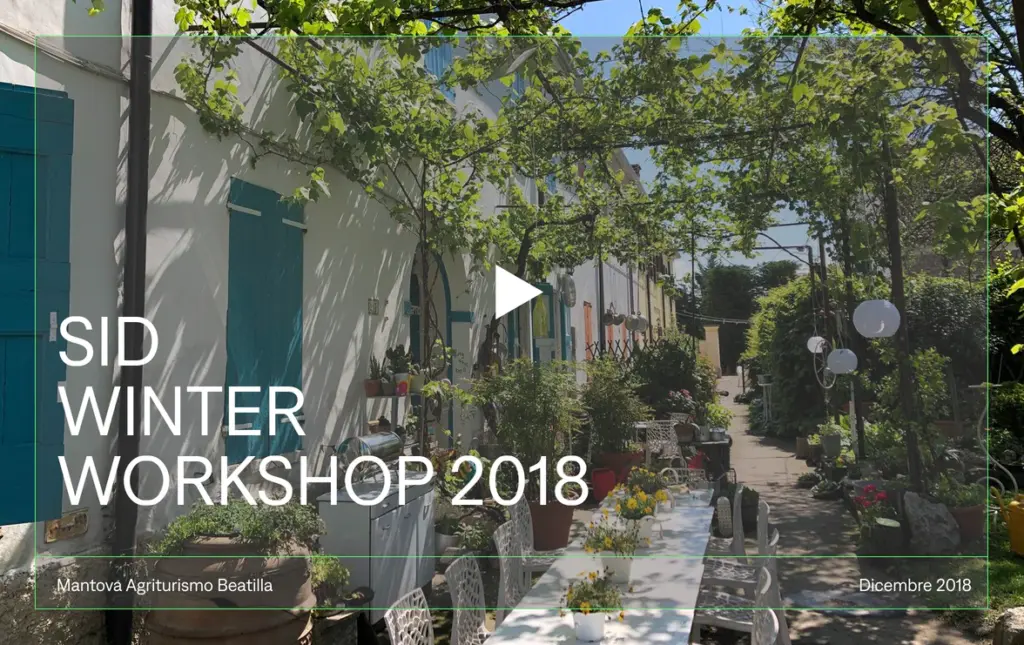
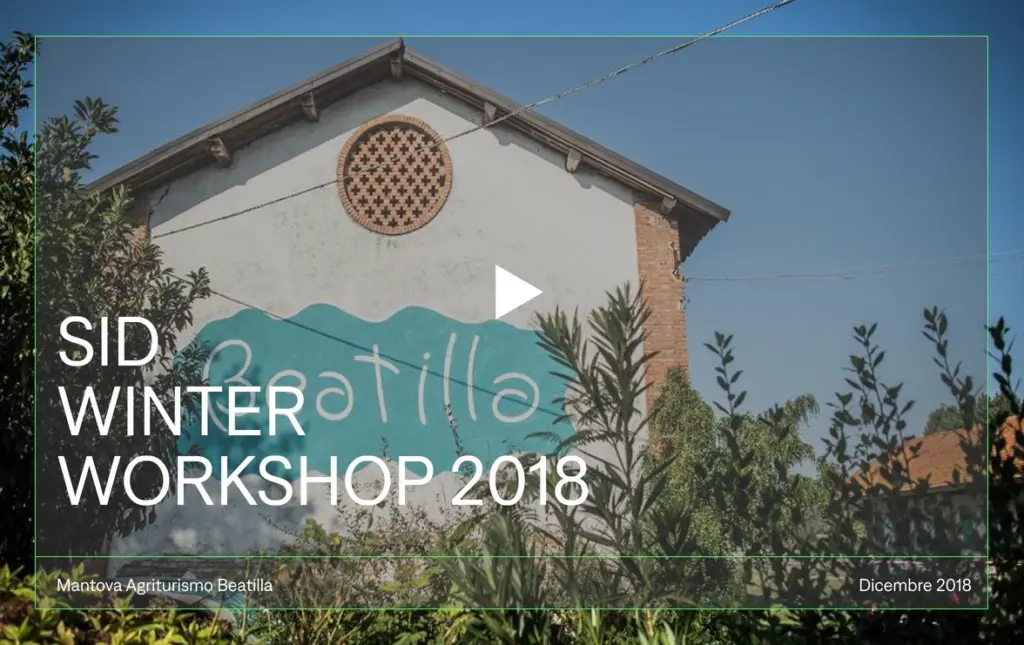
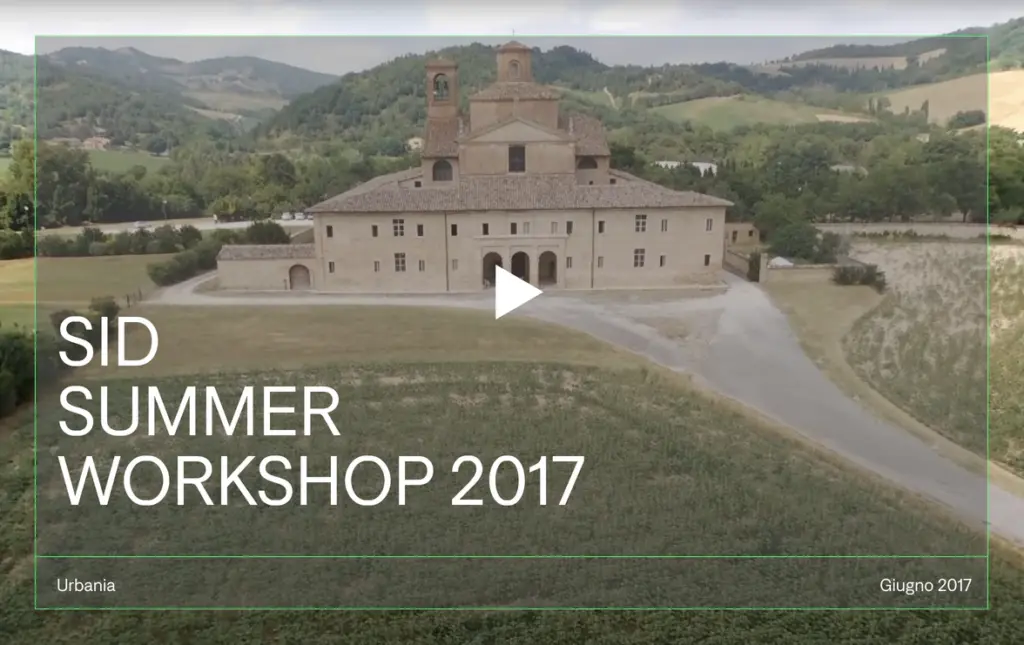
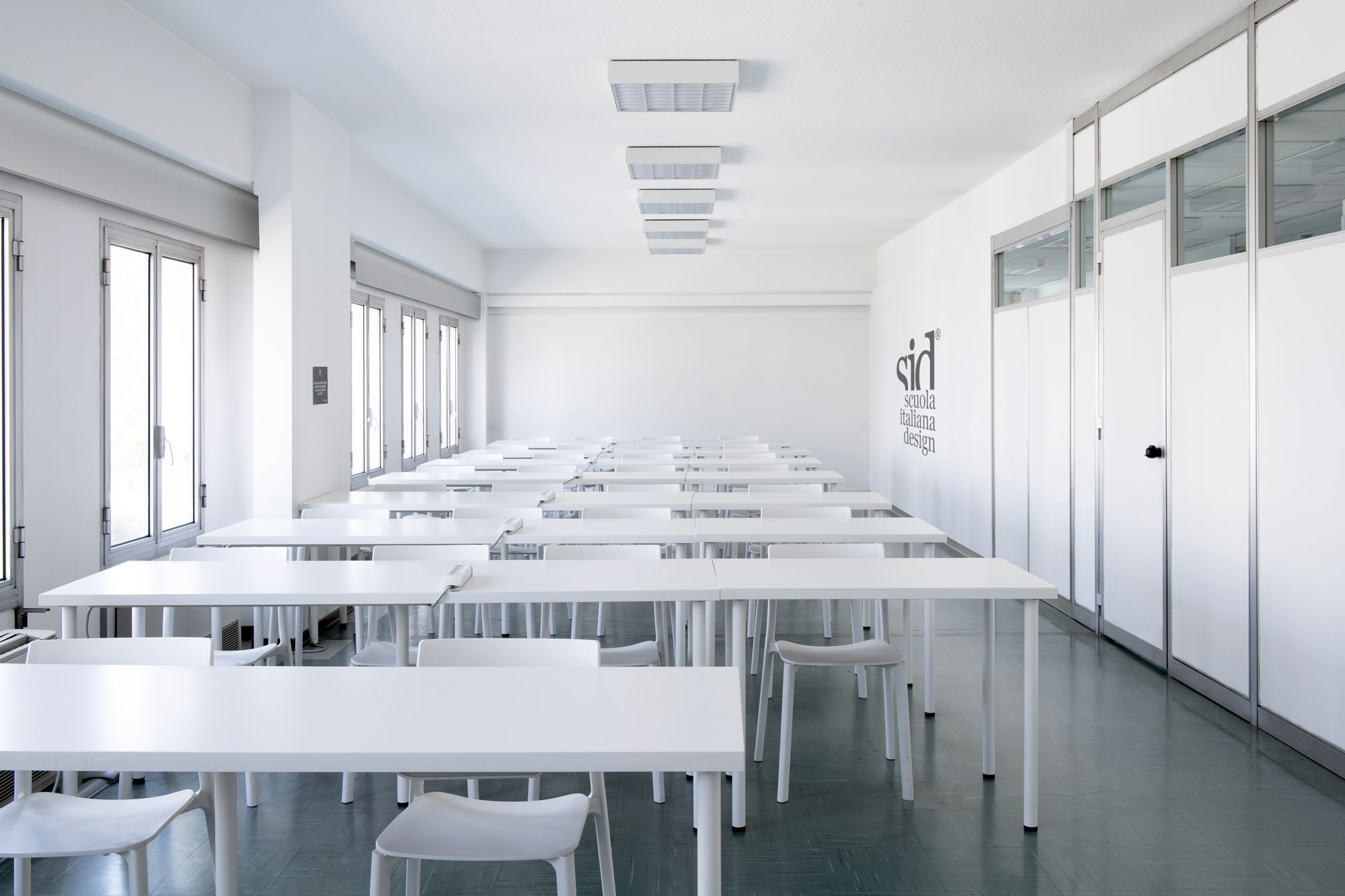
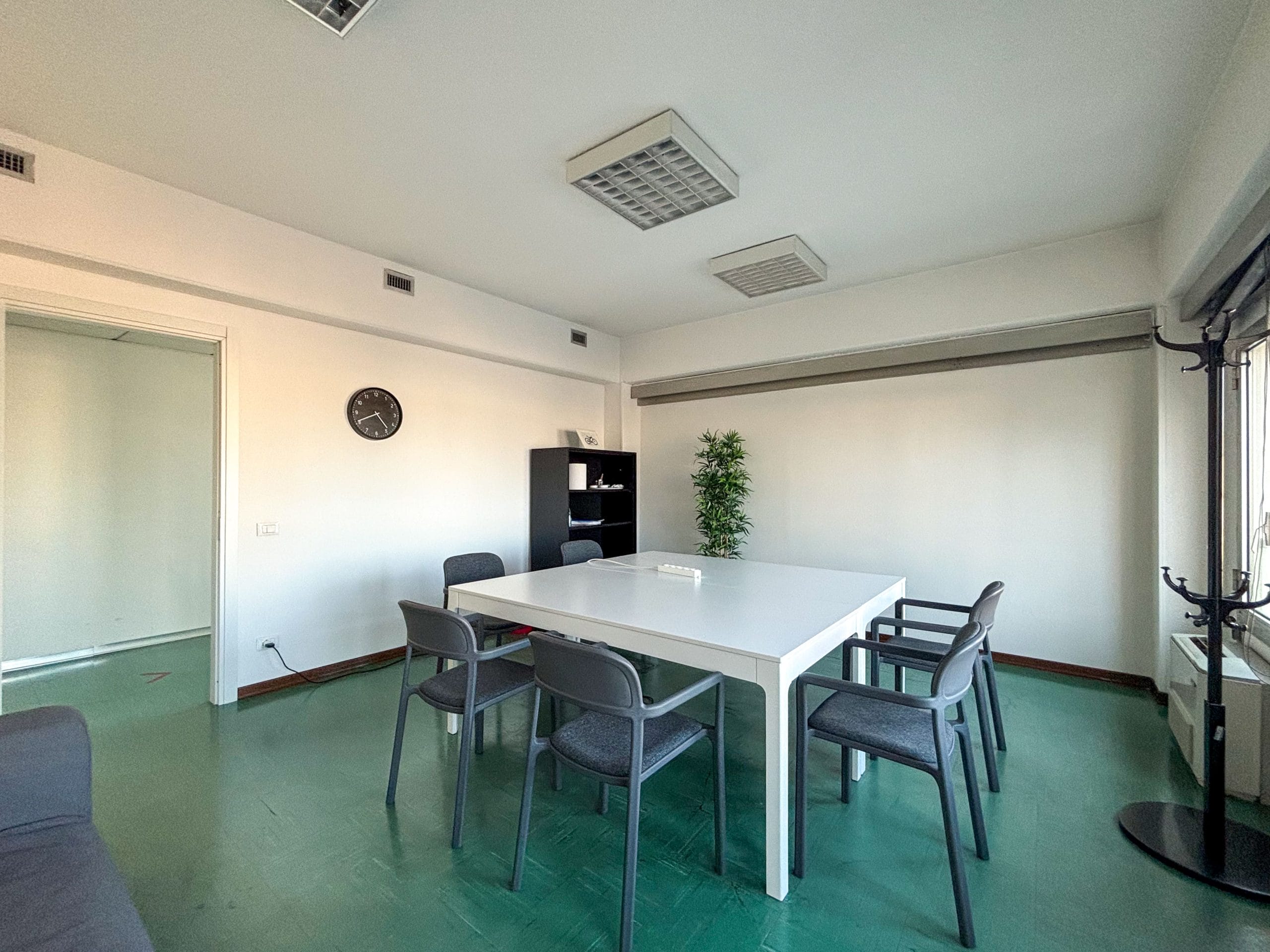
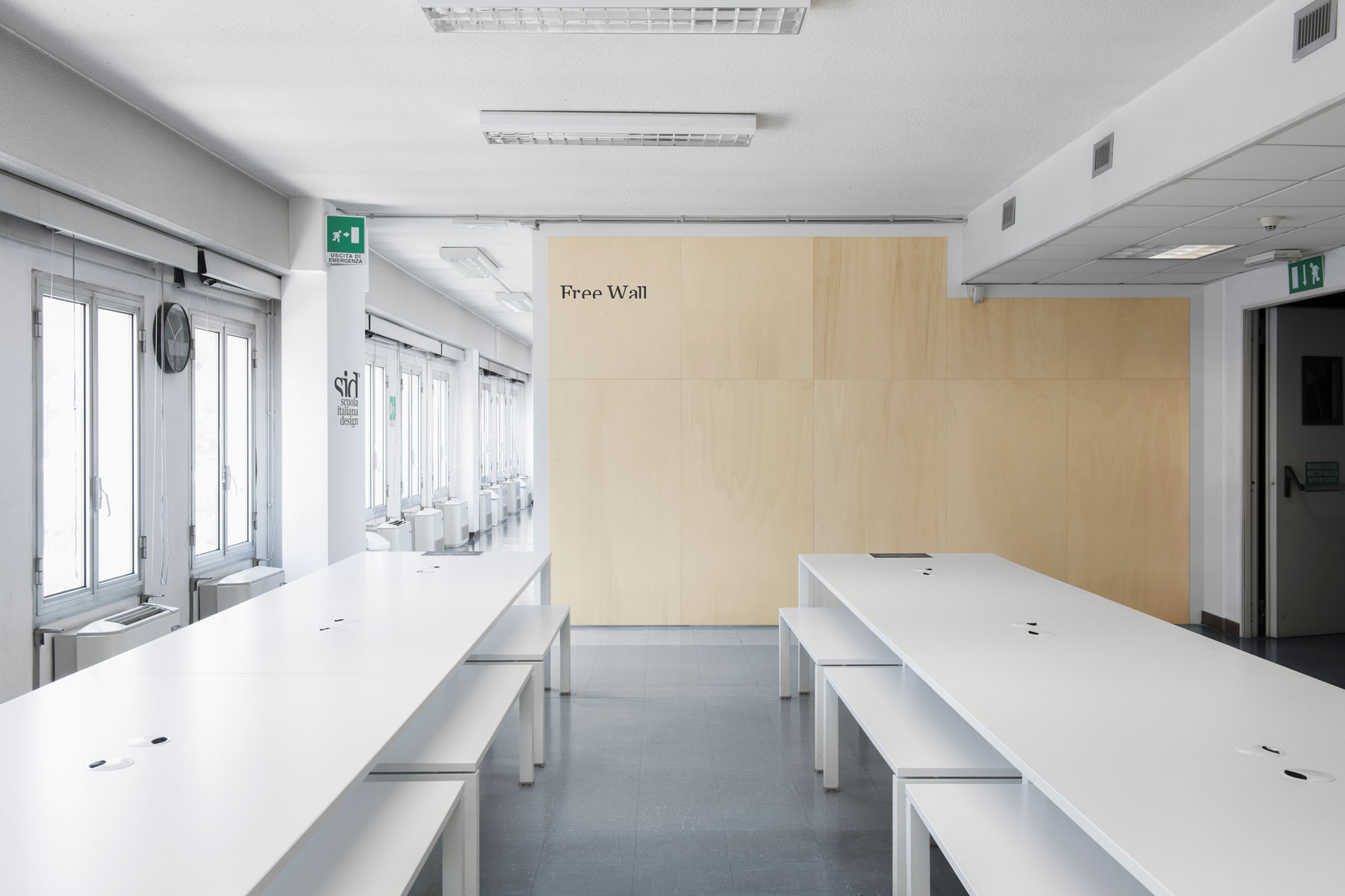
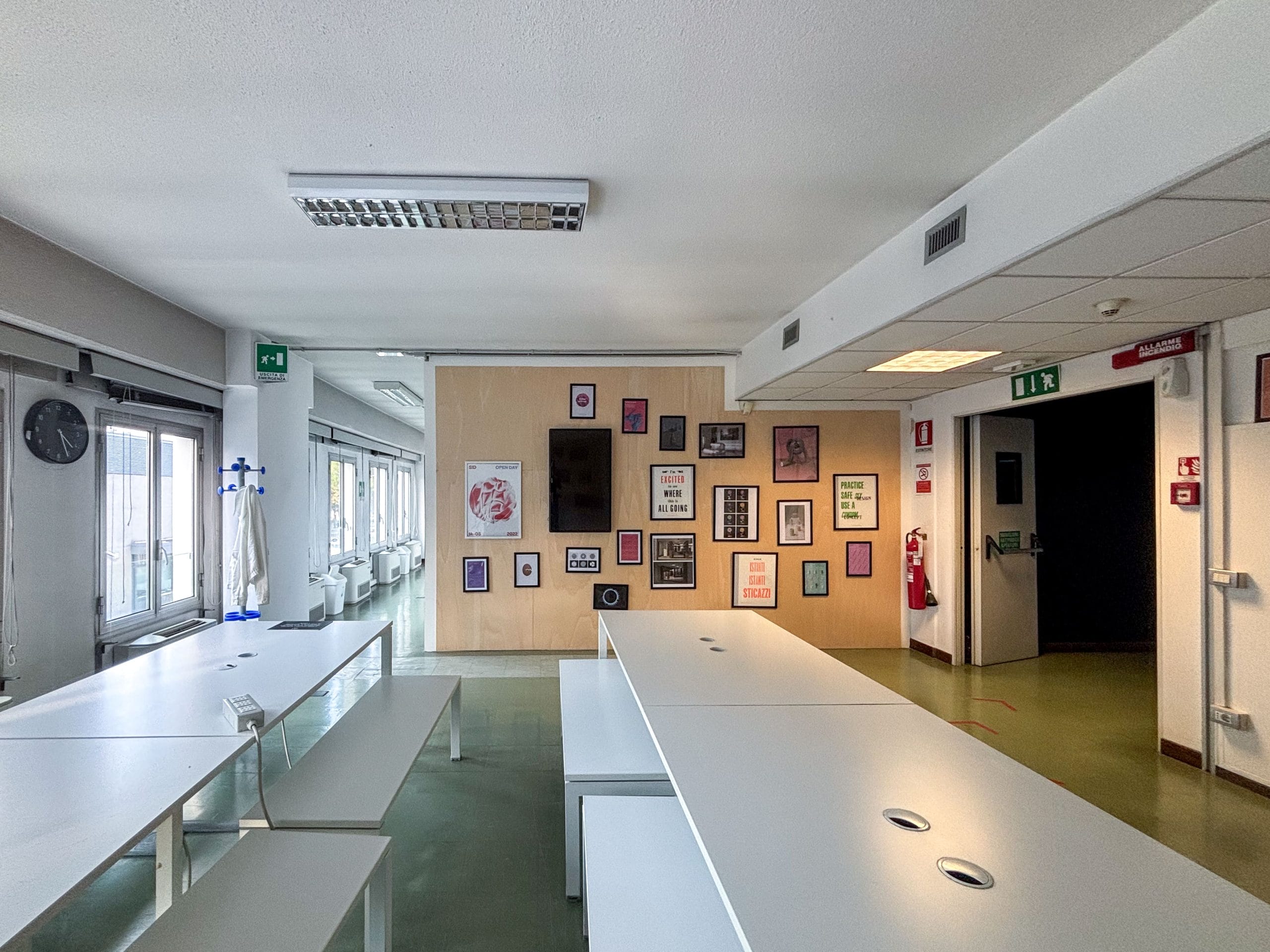
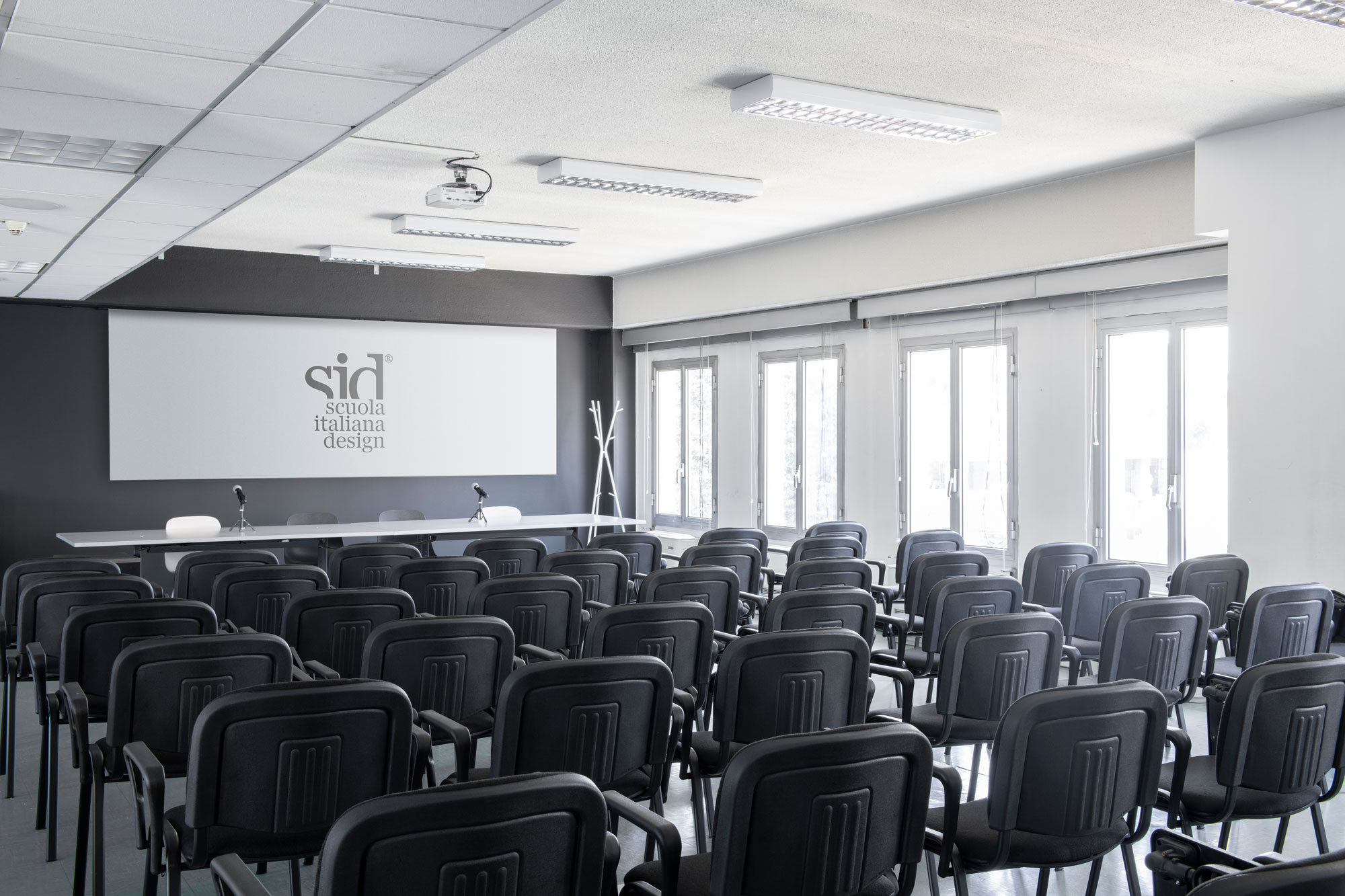
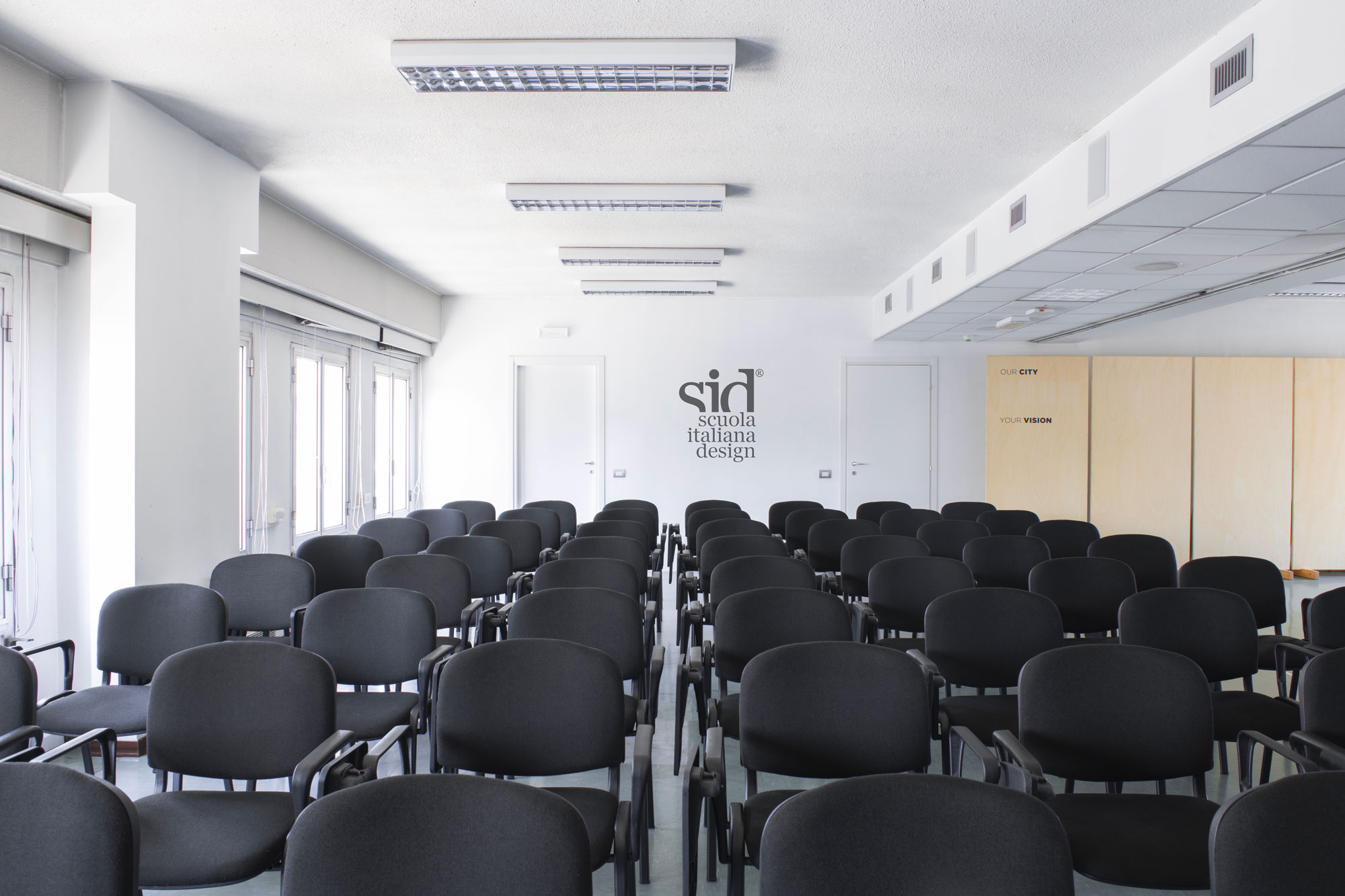

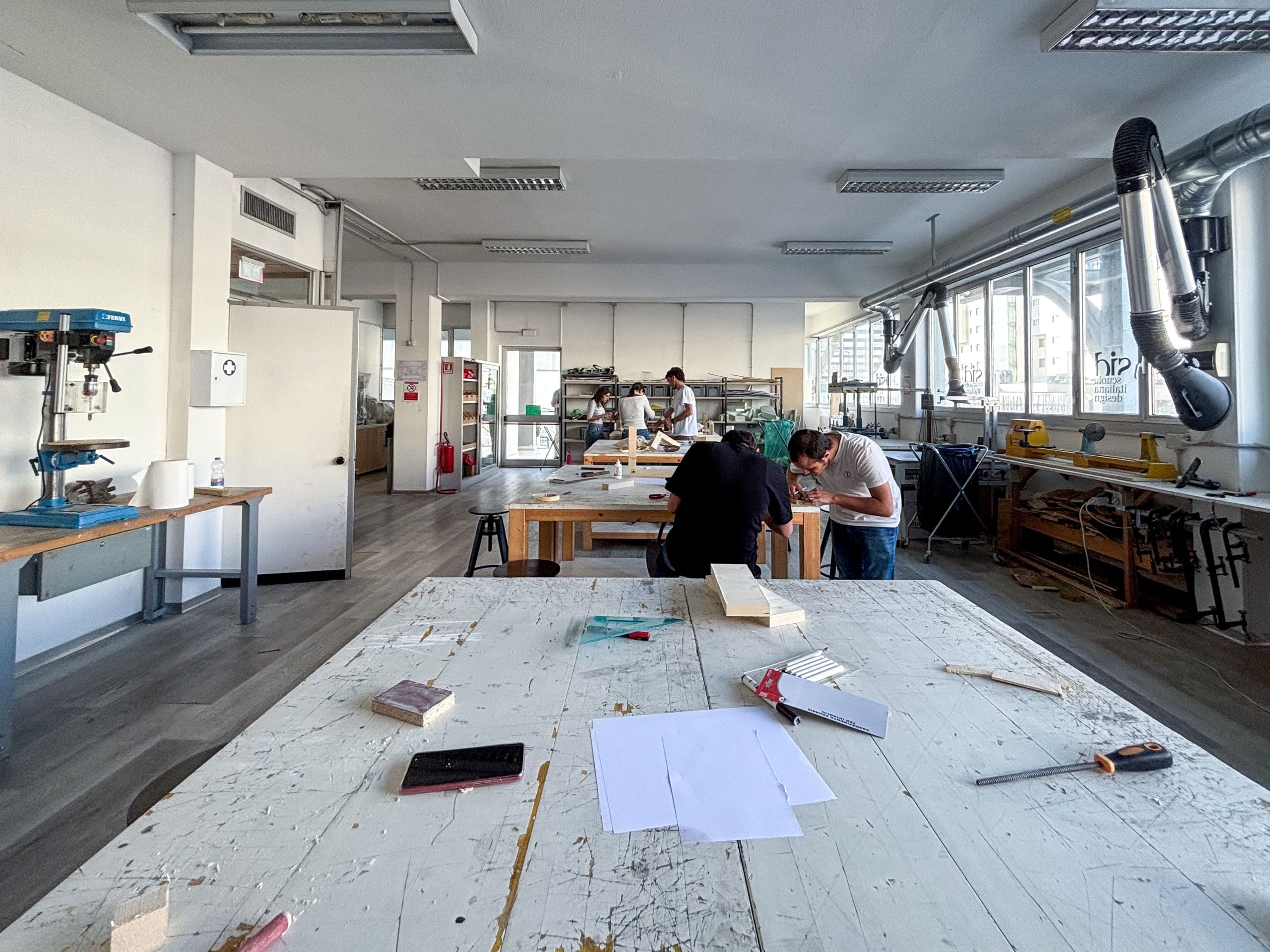
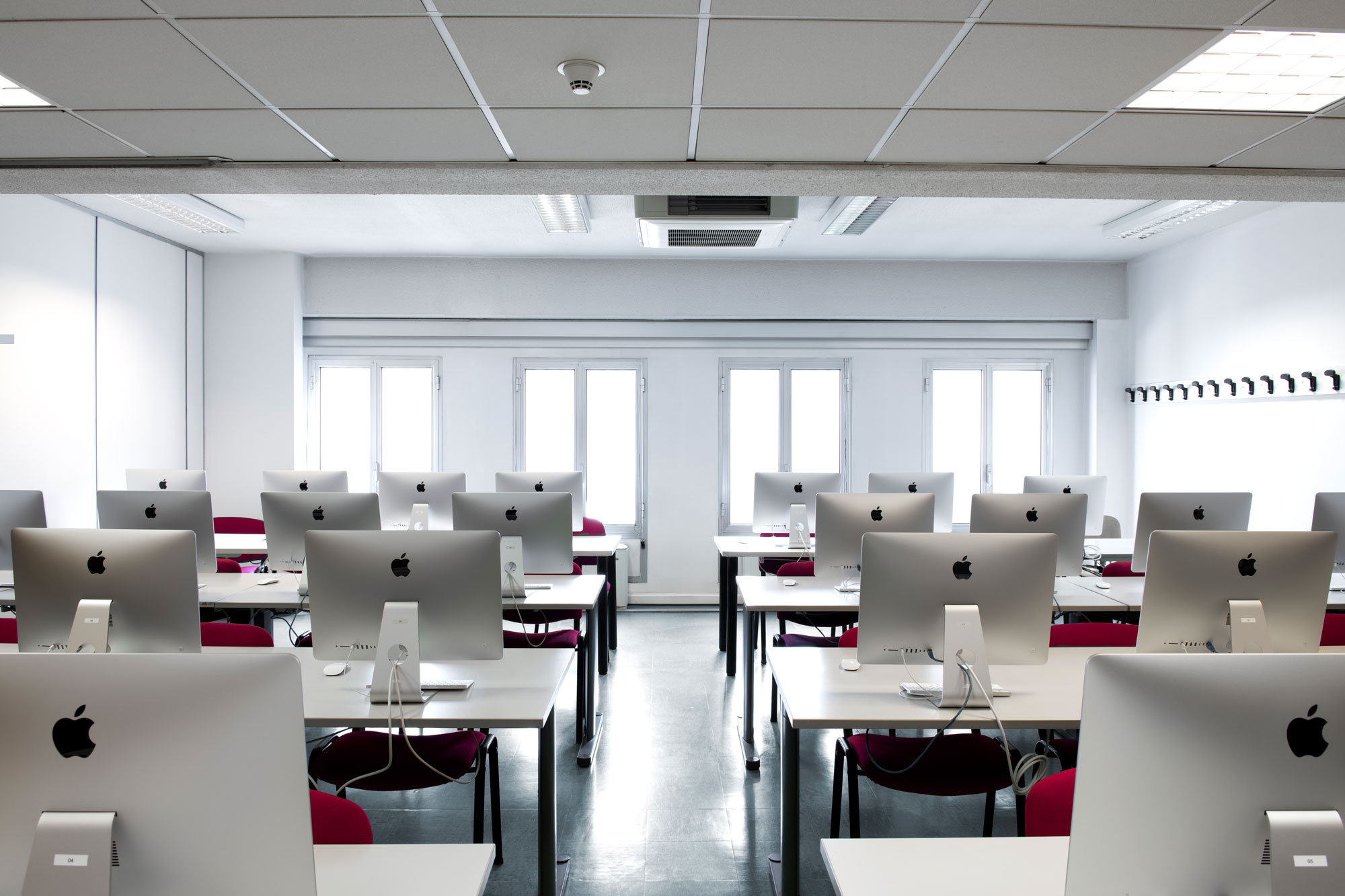
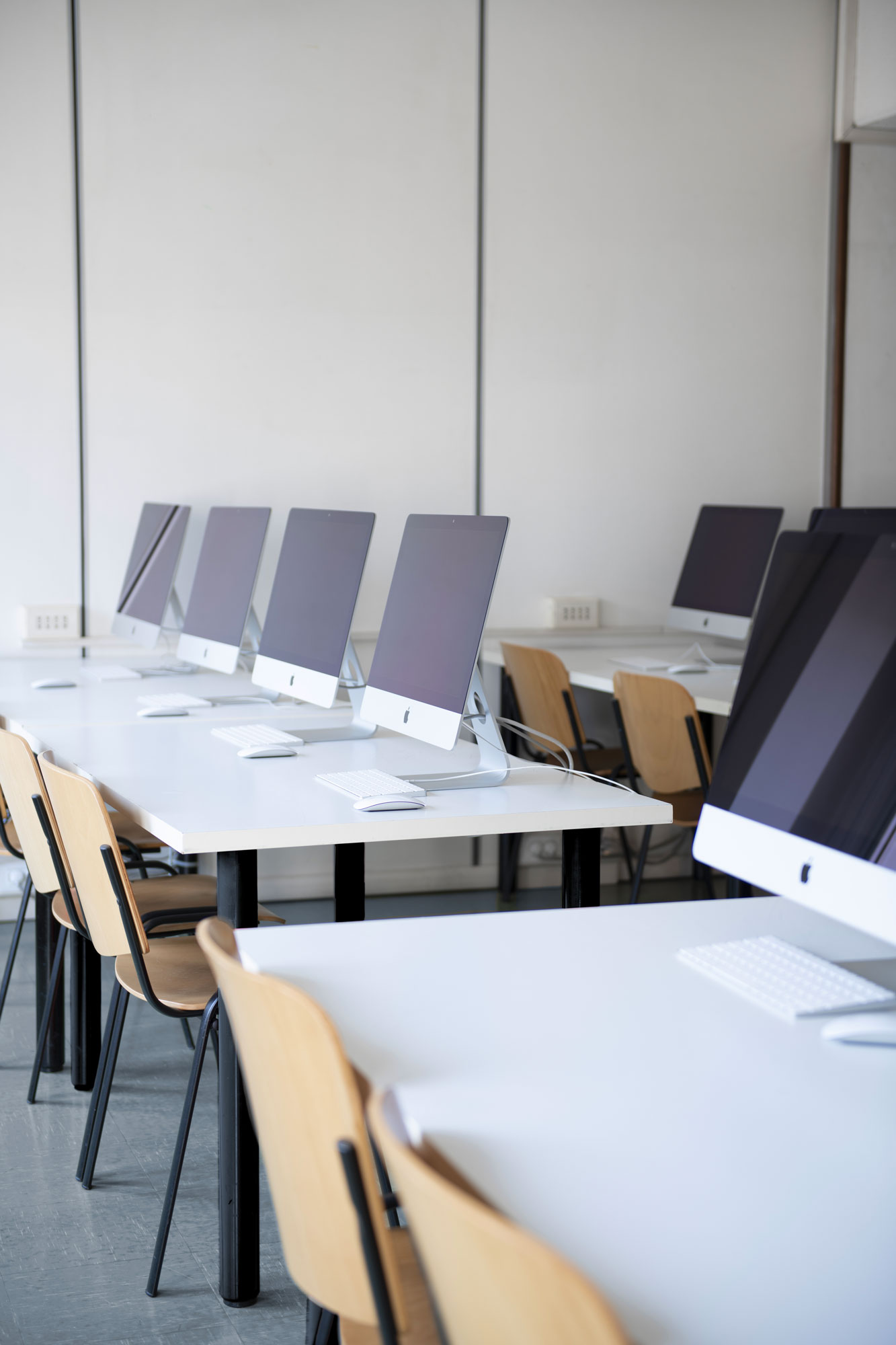
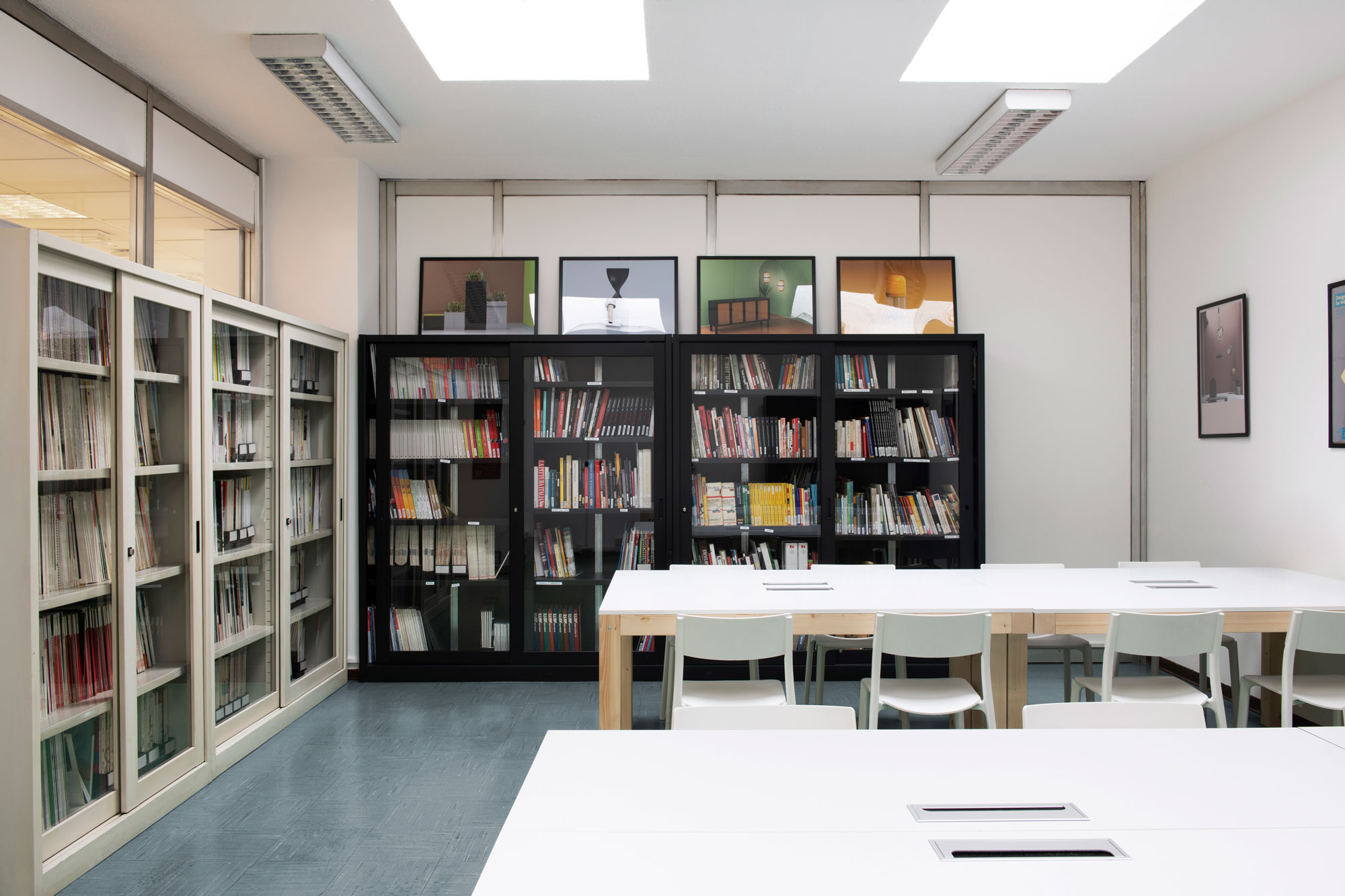
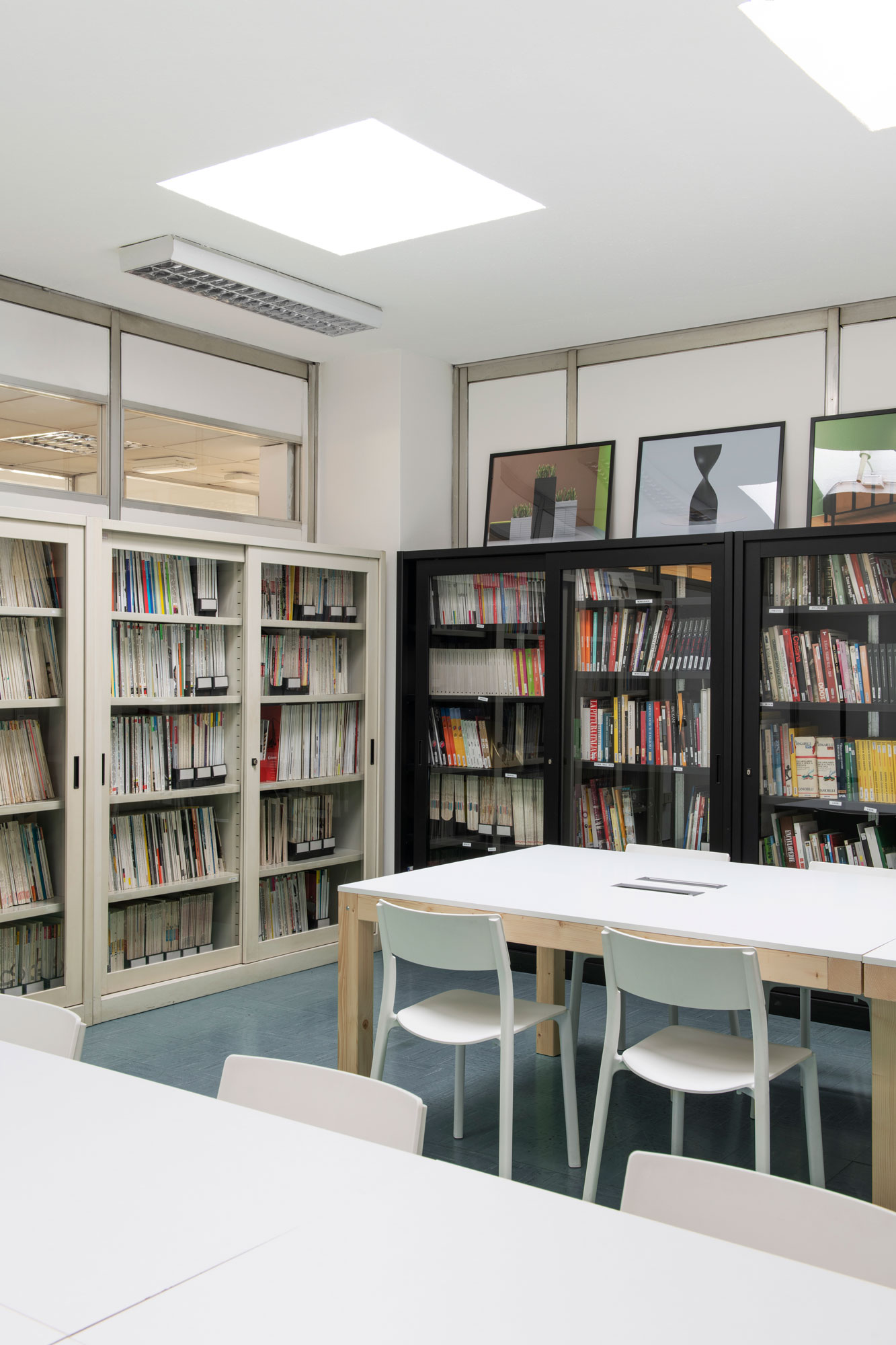
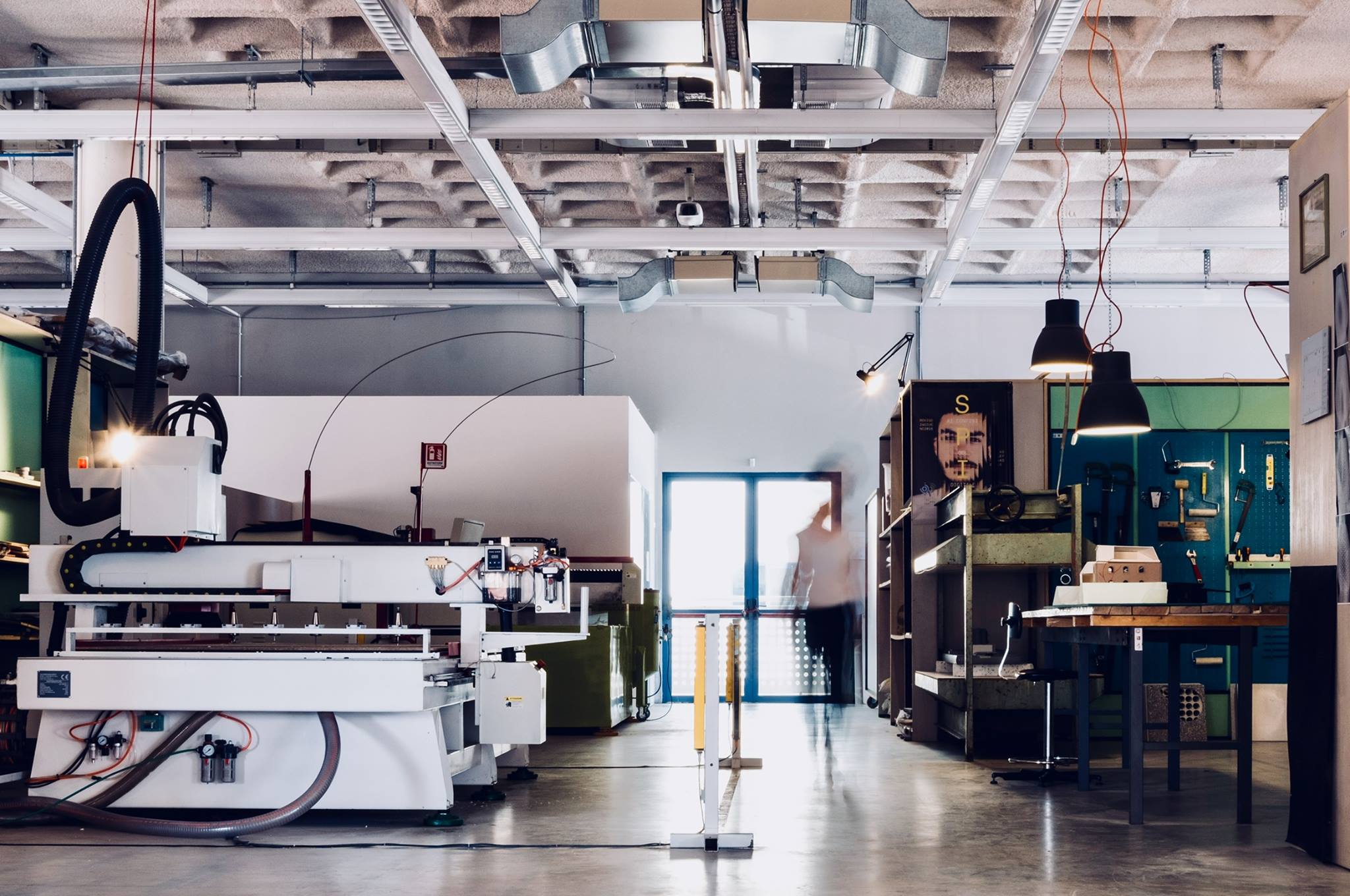
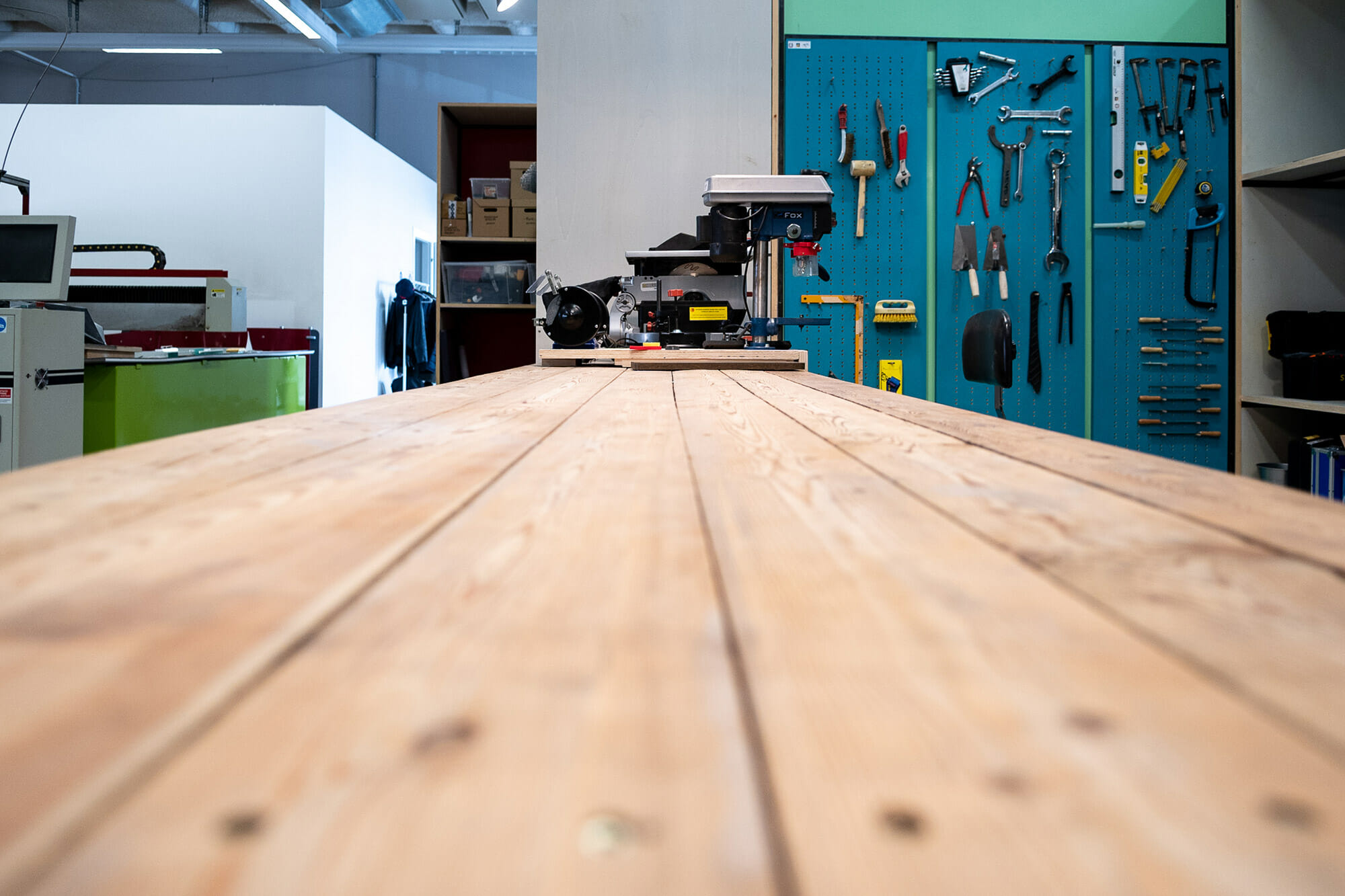
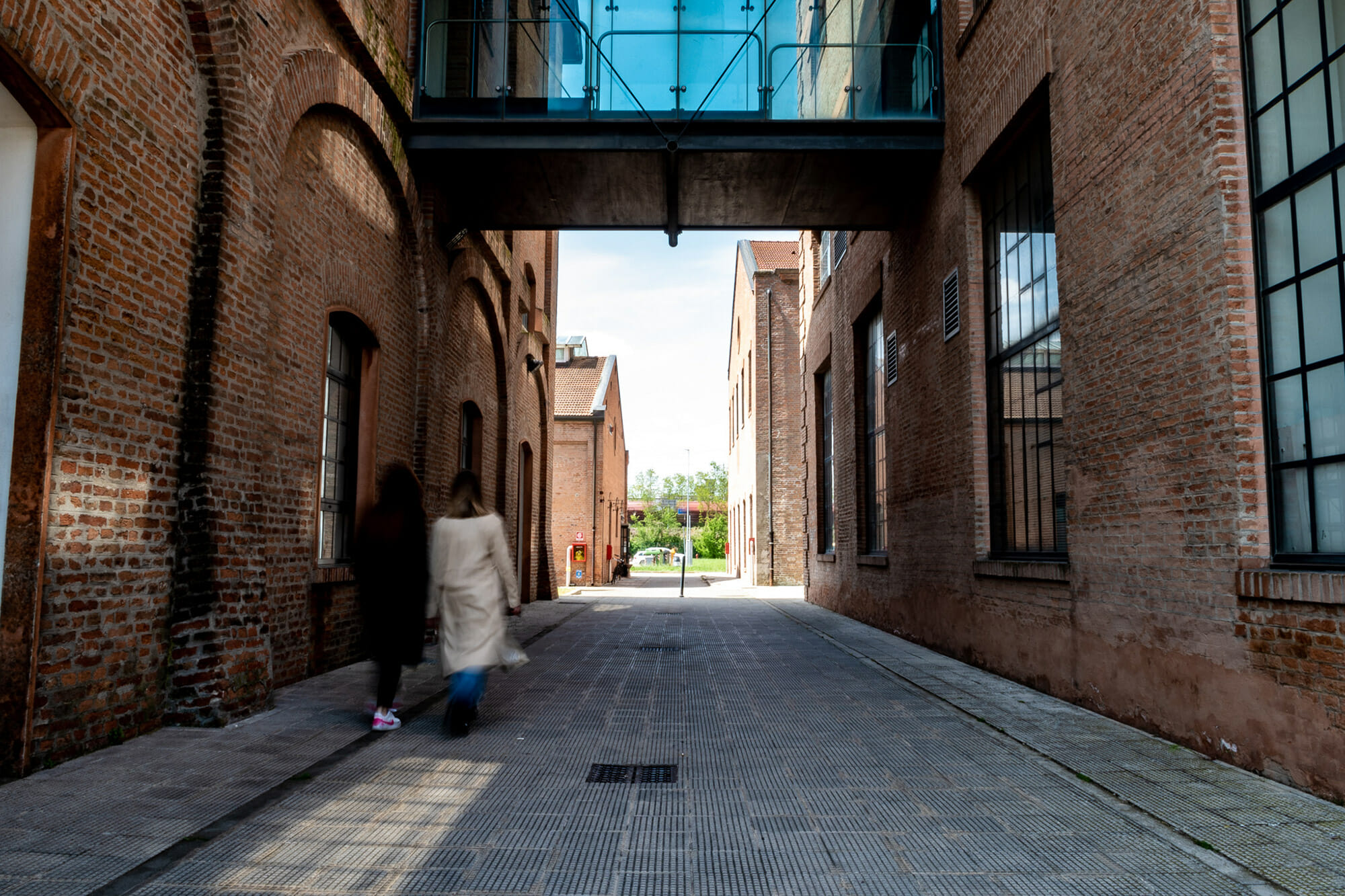
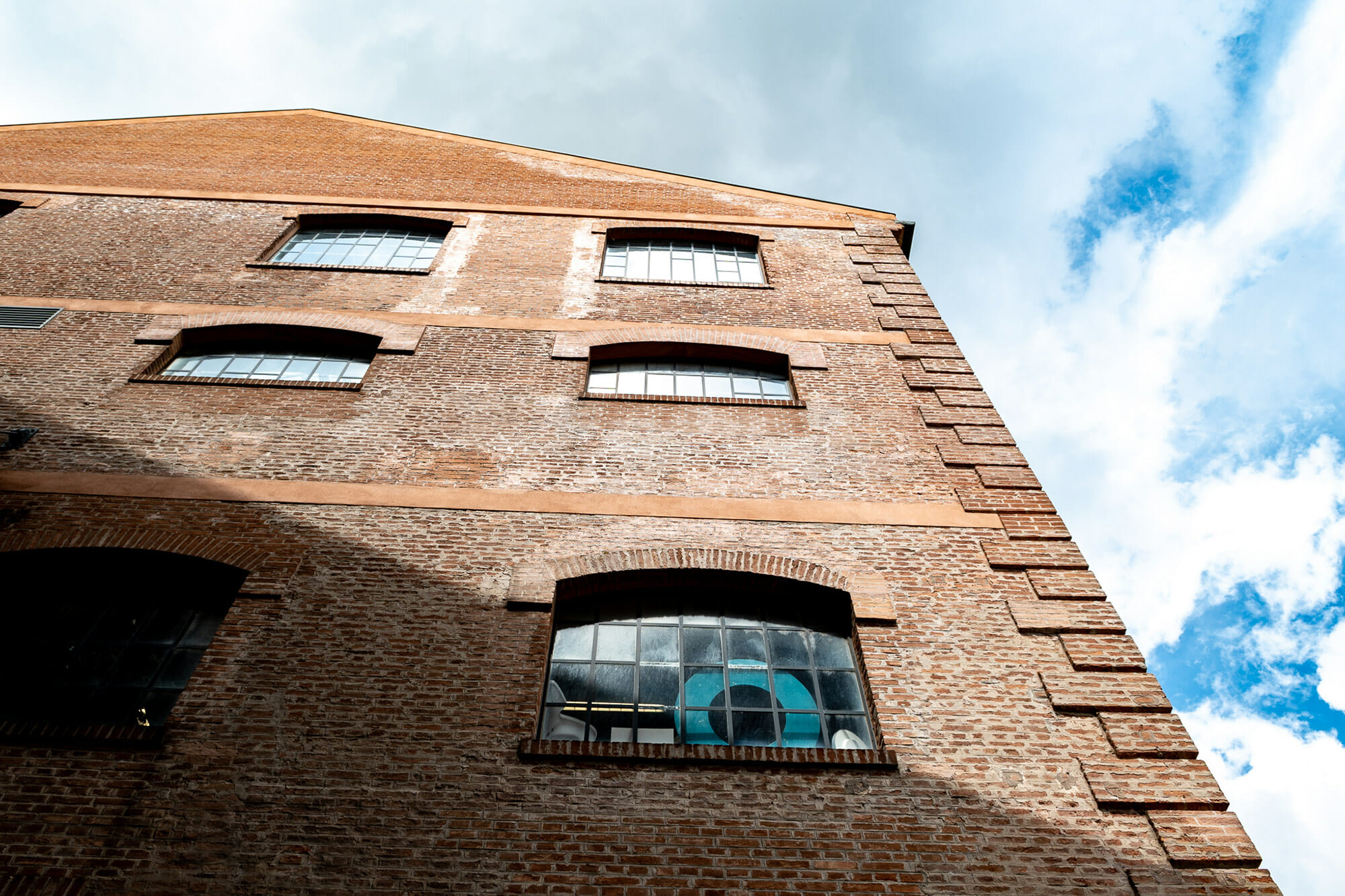
 Consulta i documenti e i servizi
Consulta i documenti e i servizi